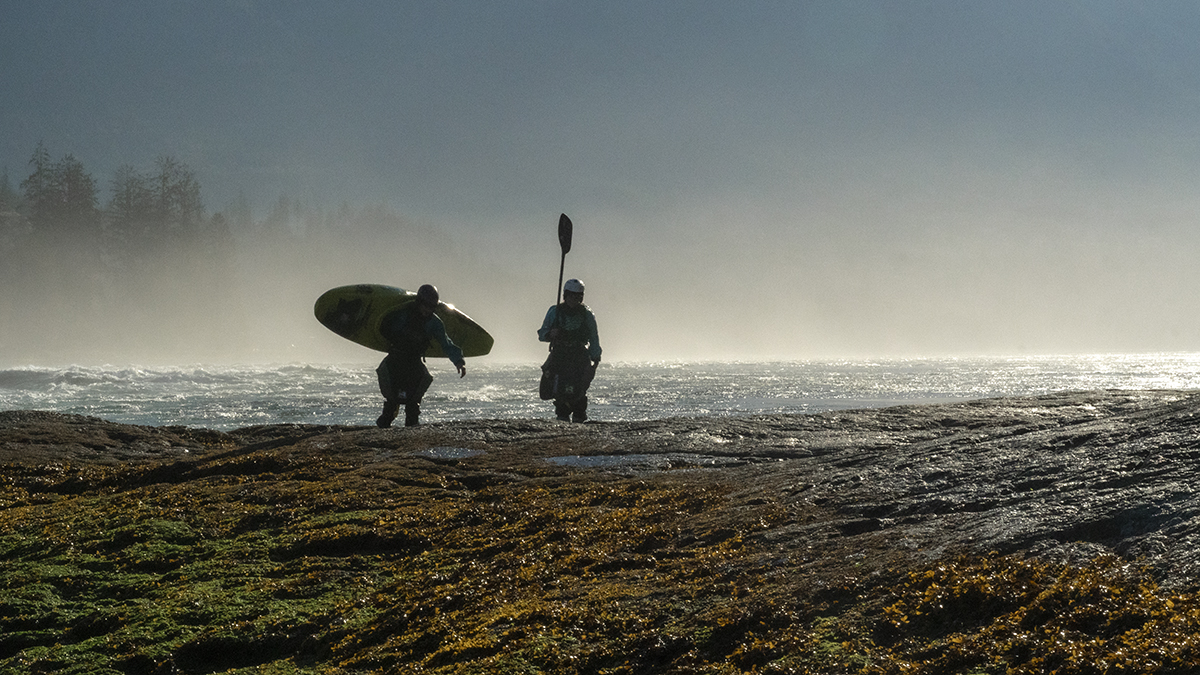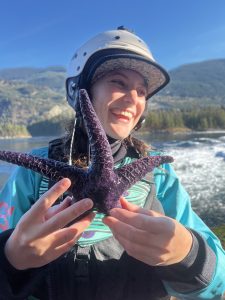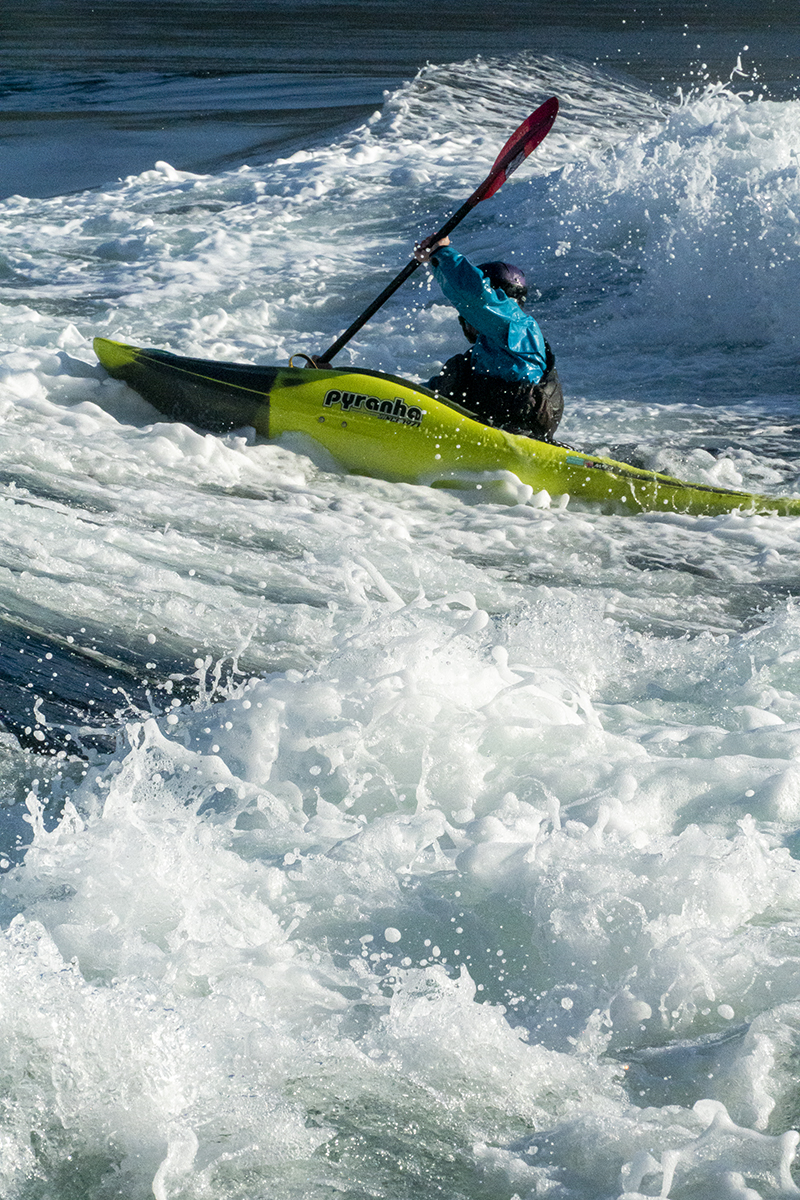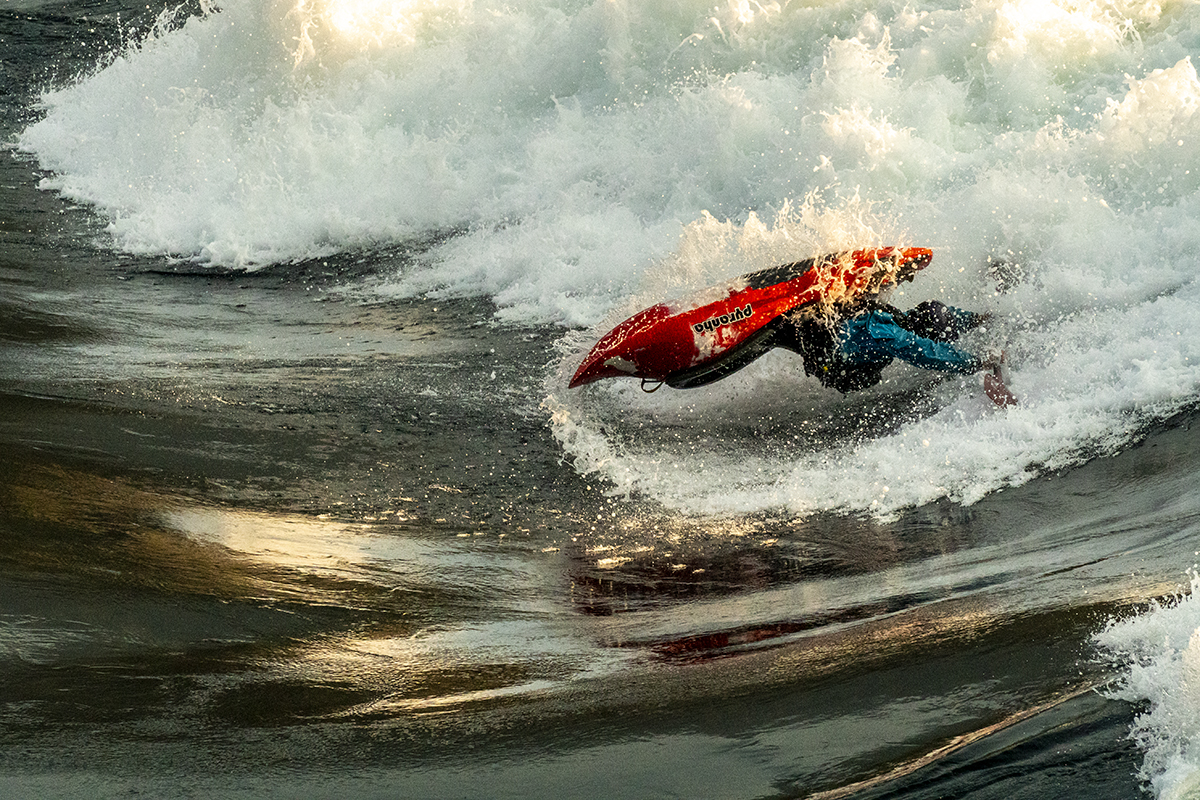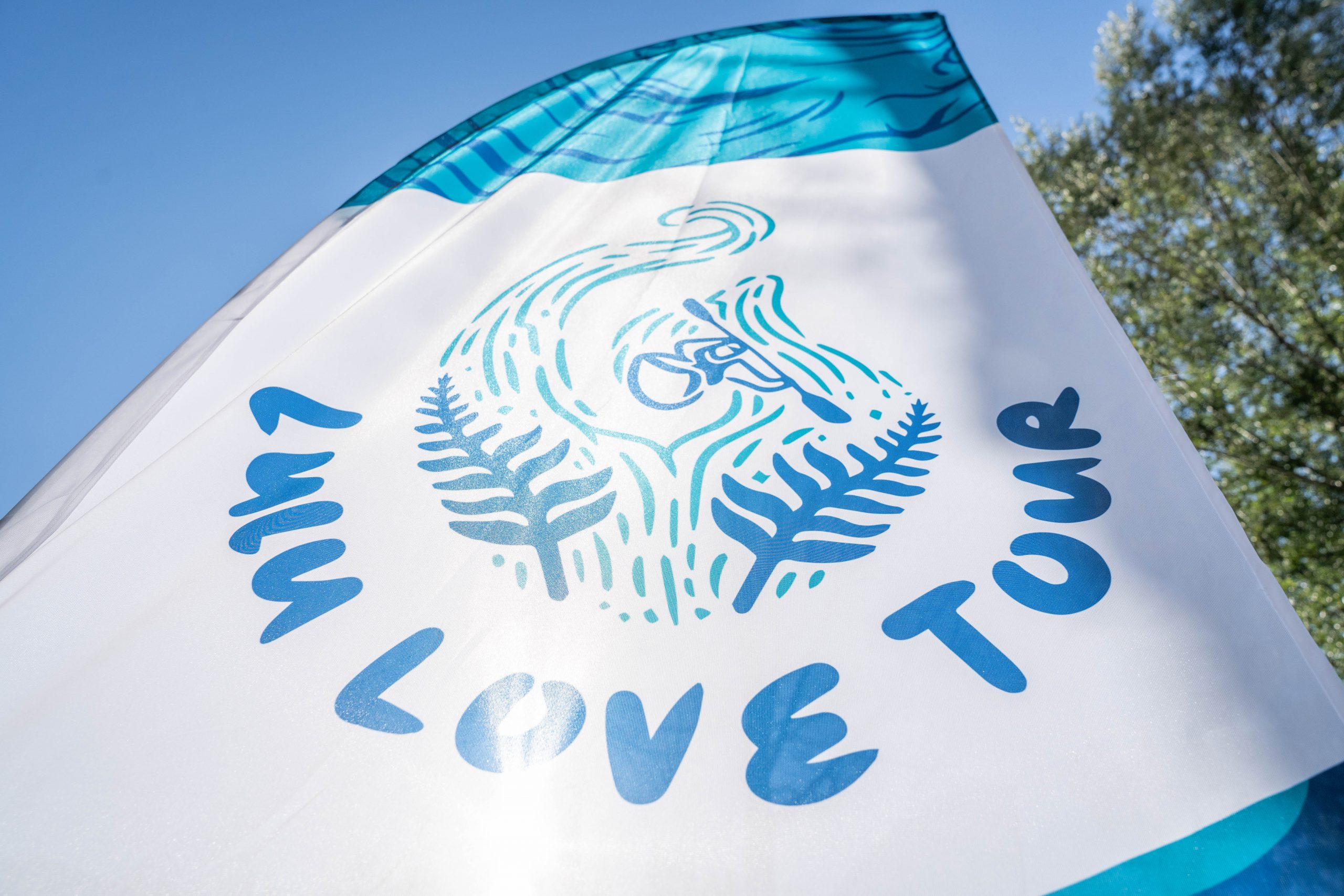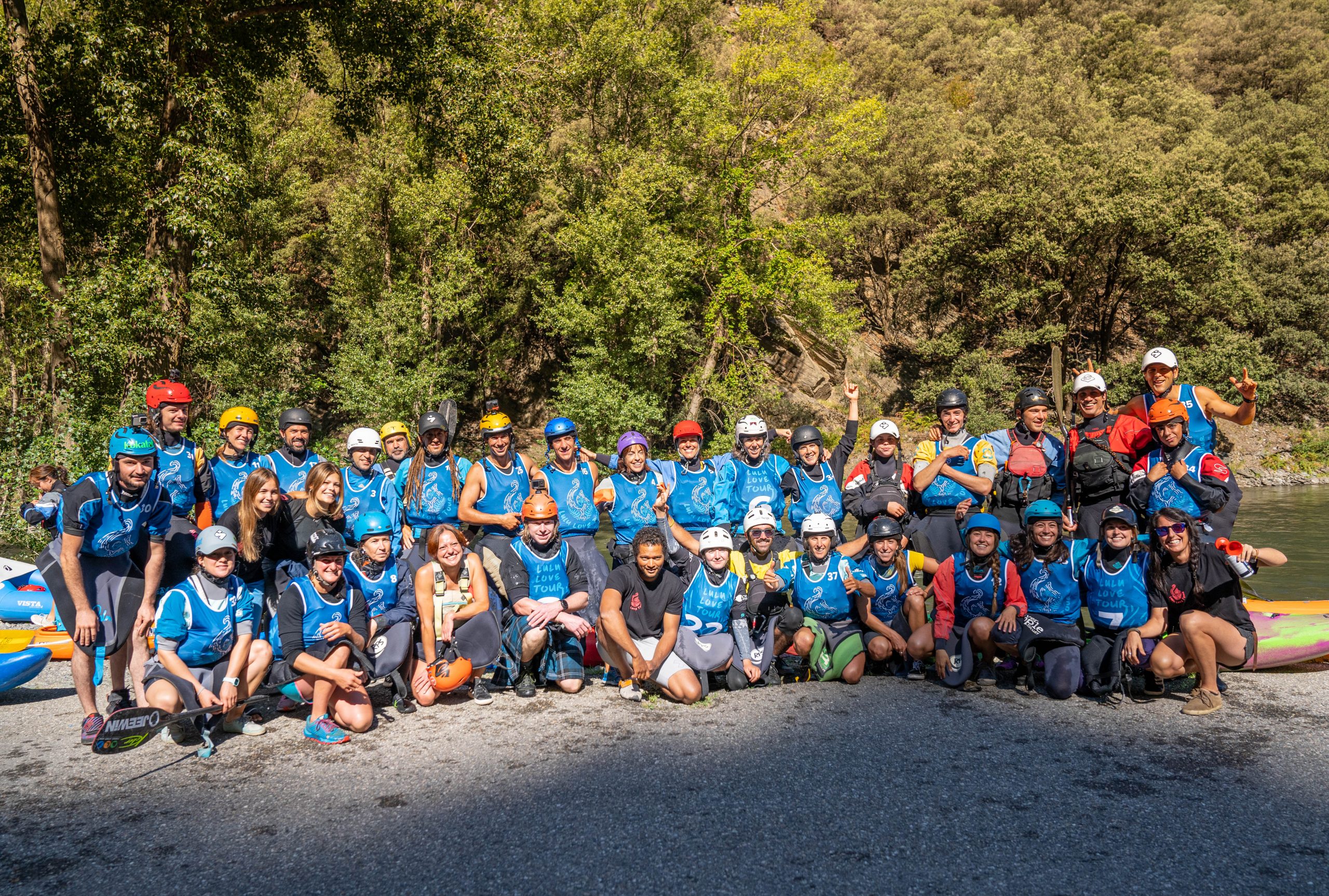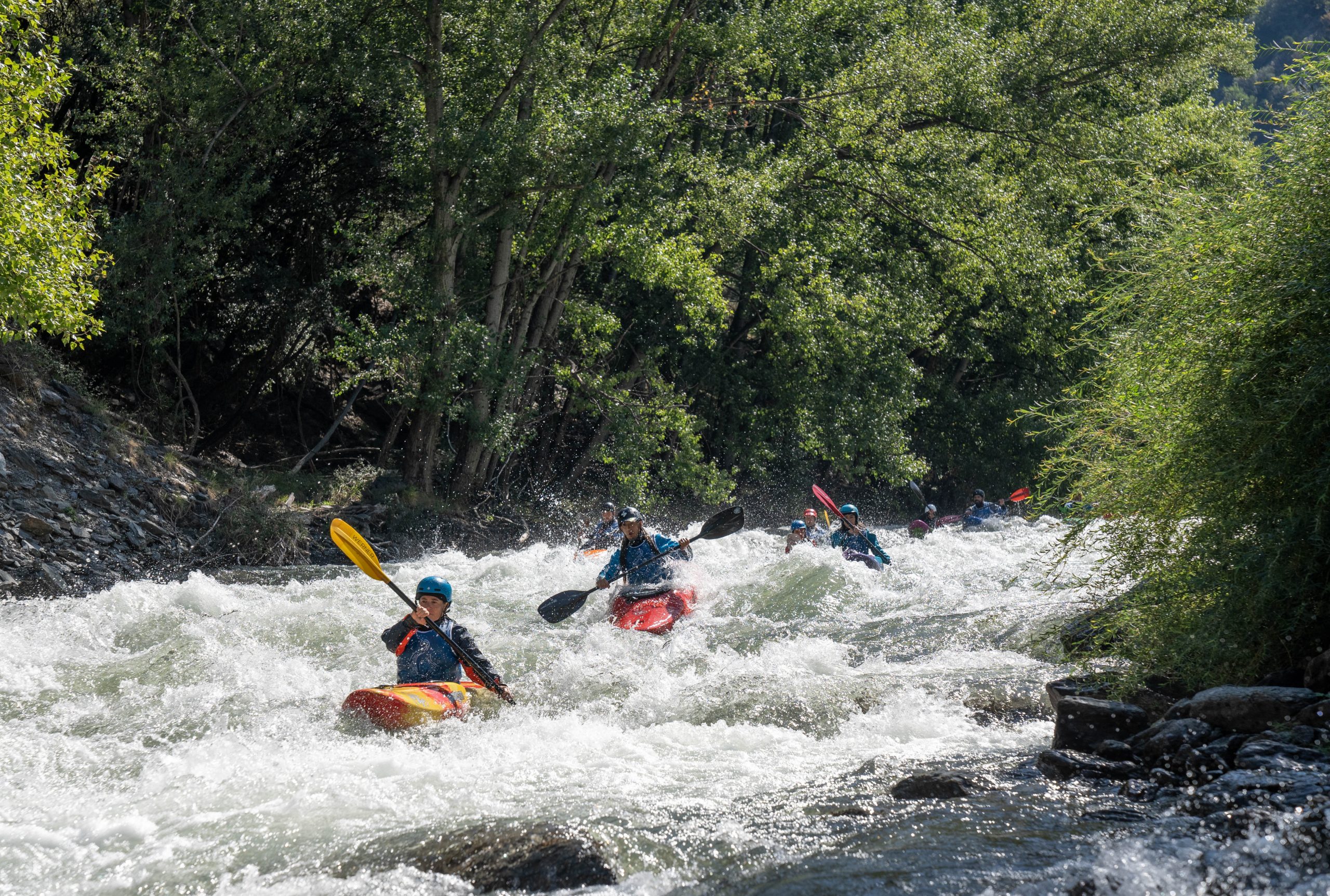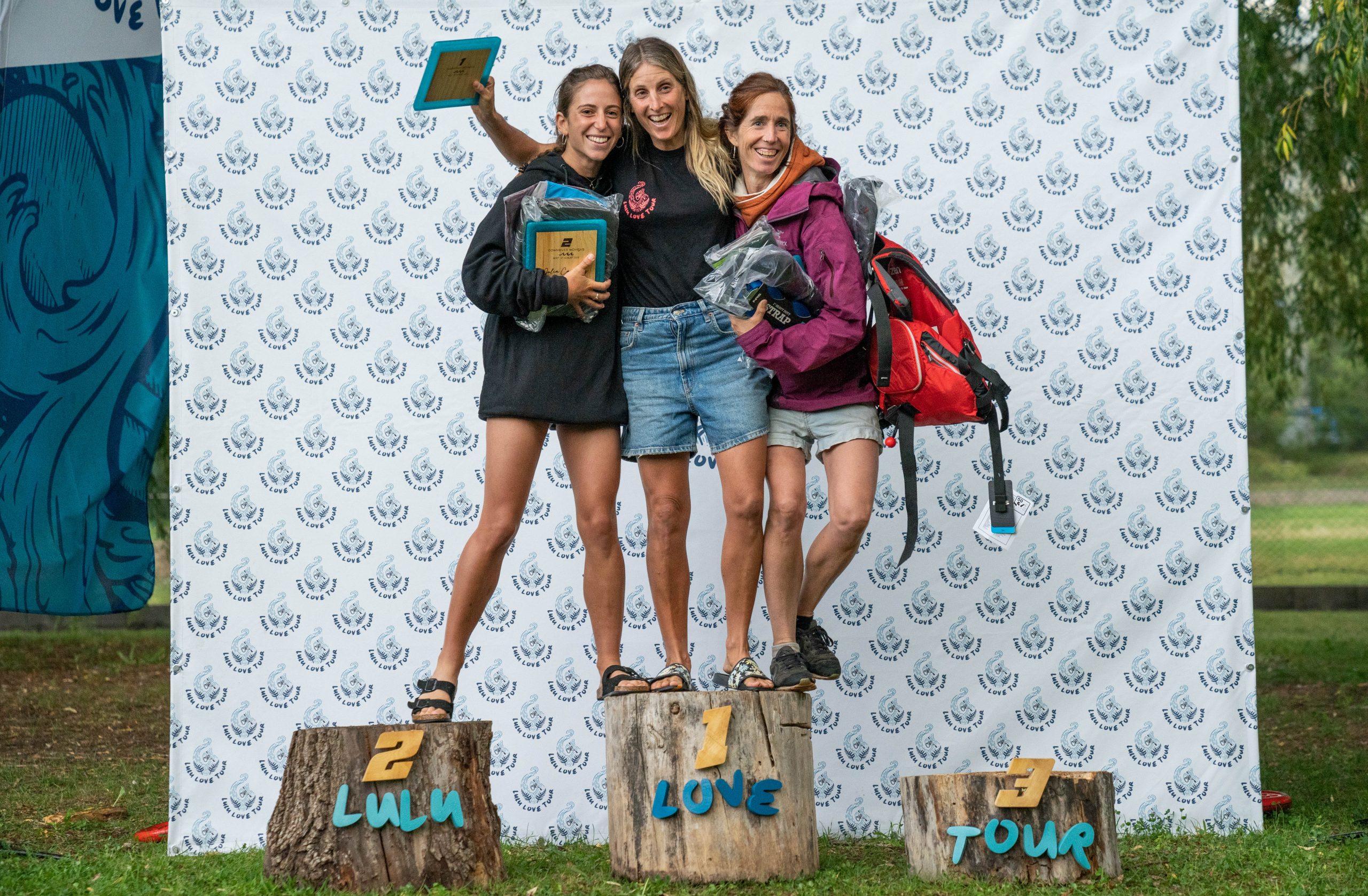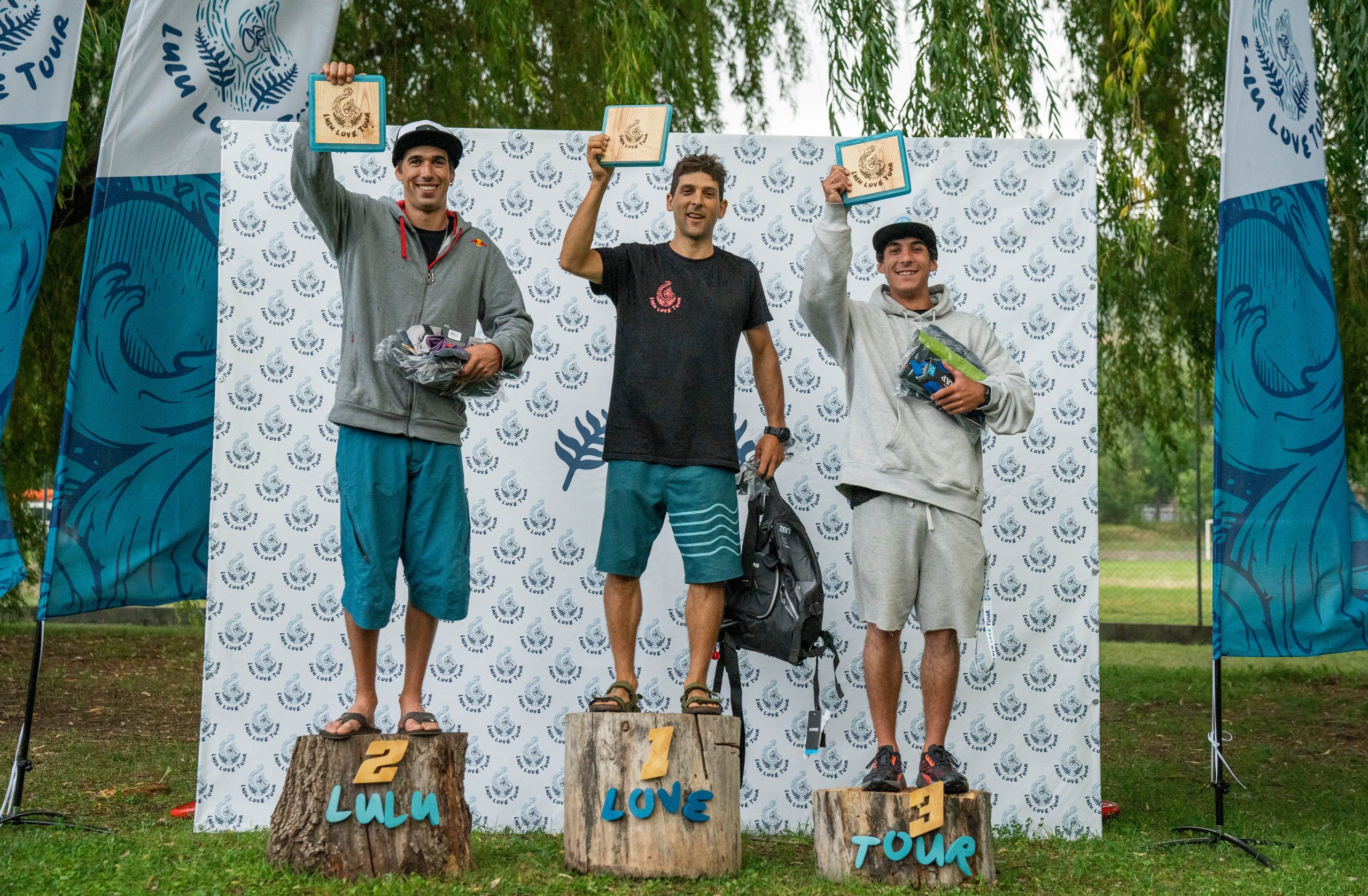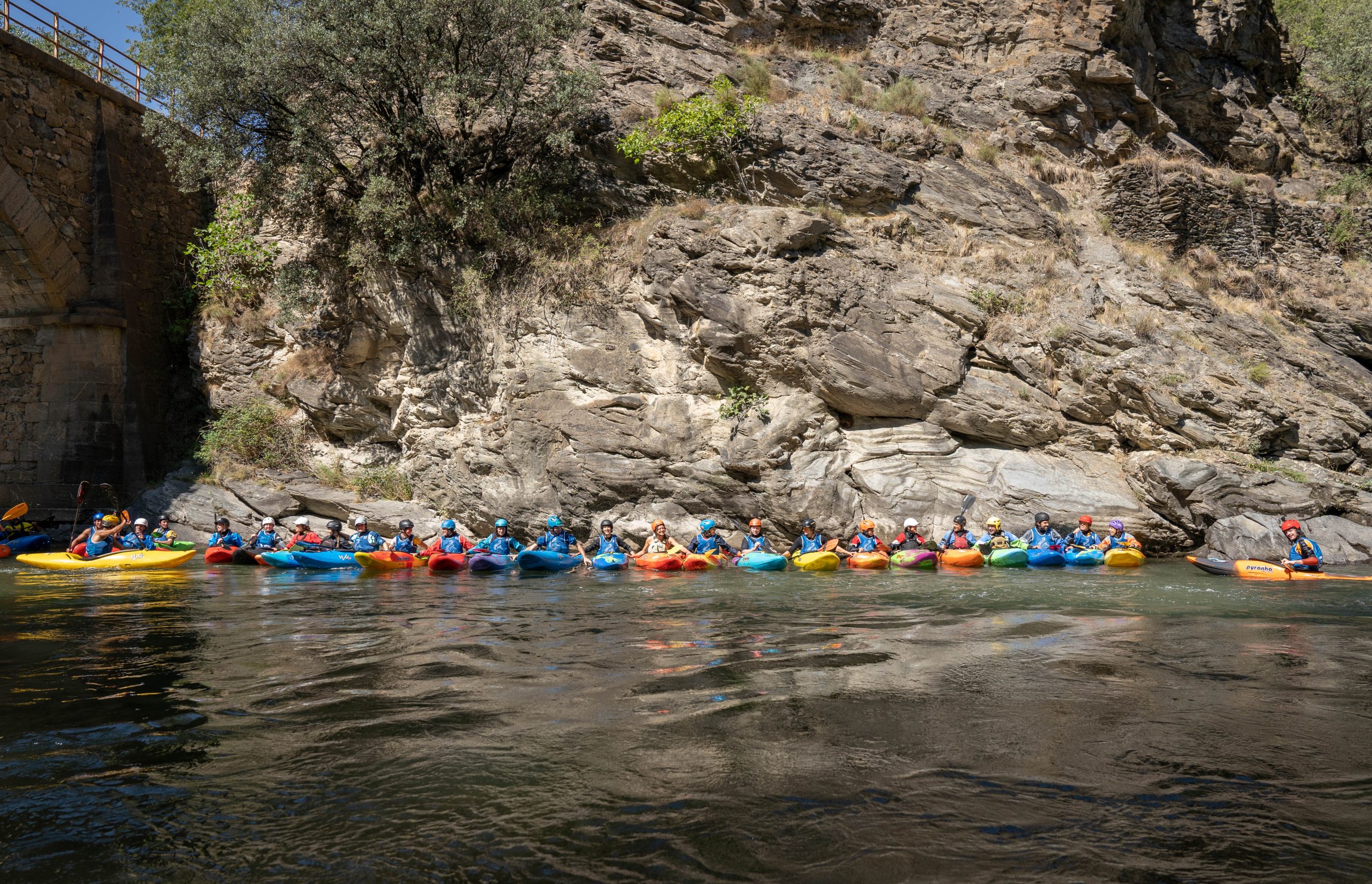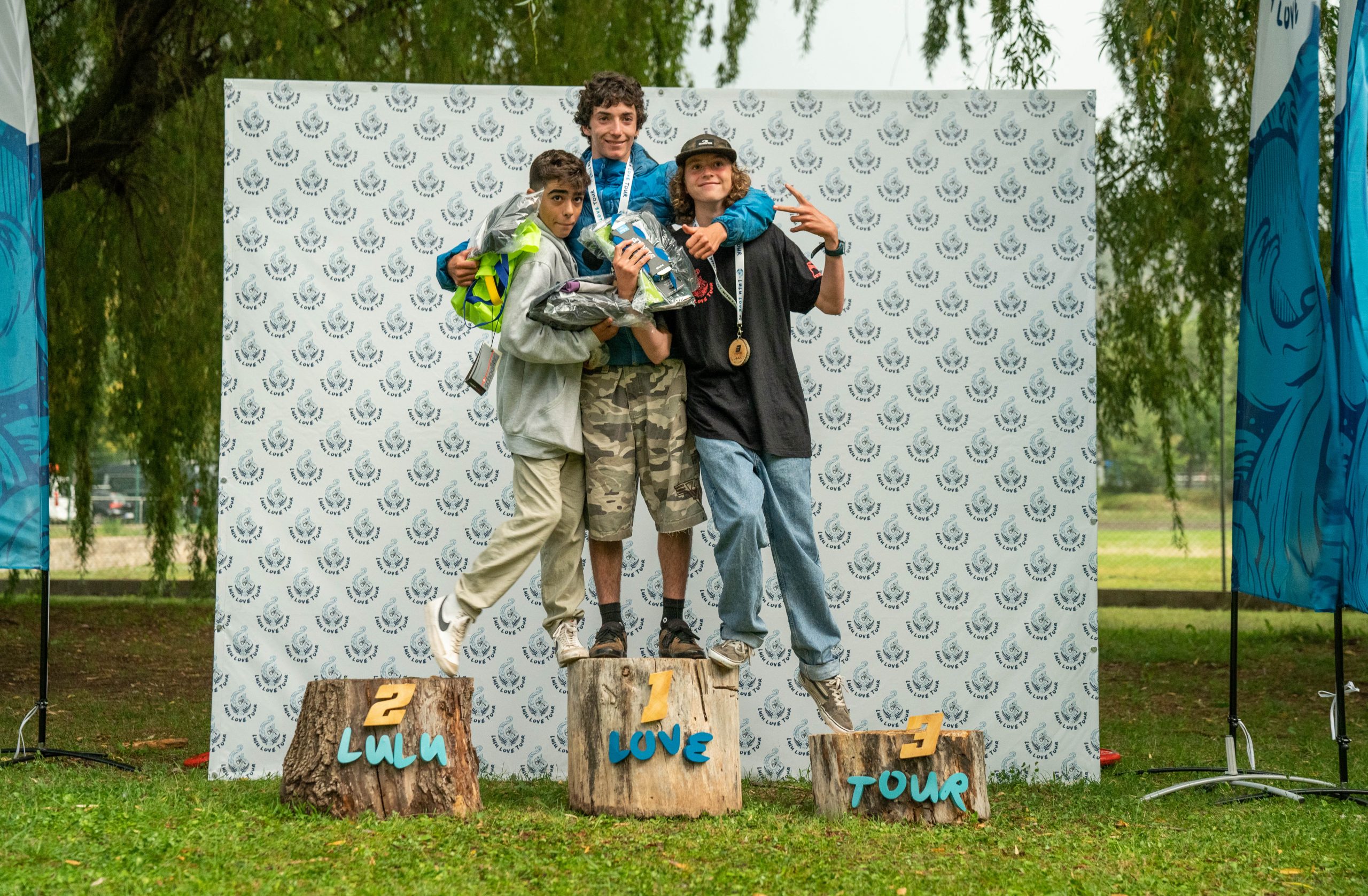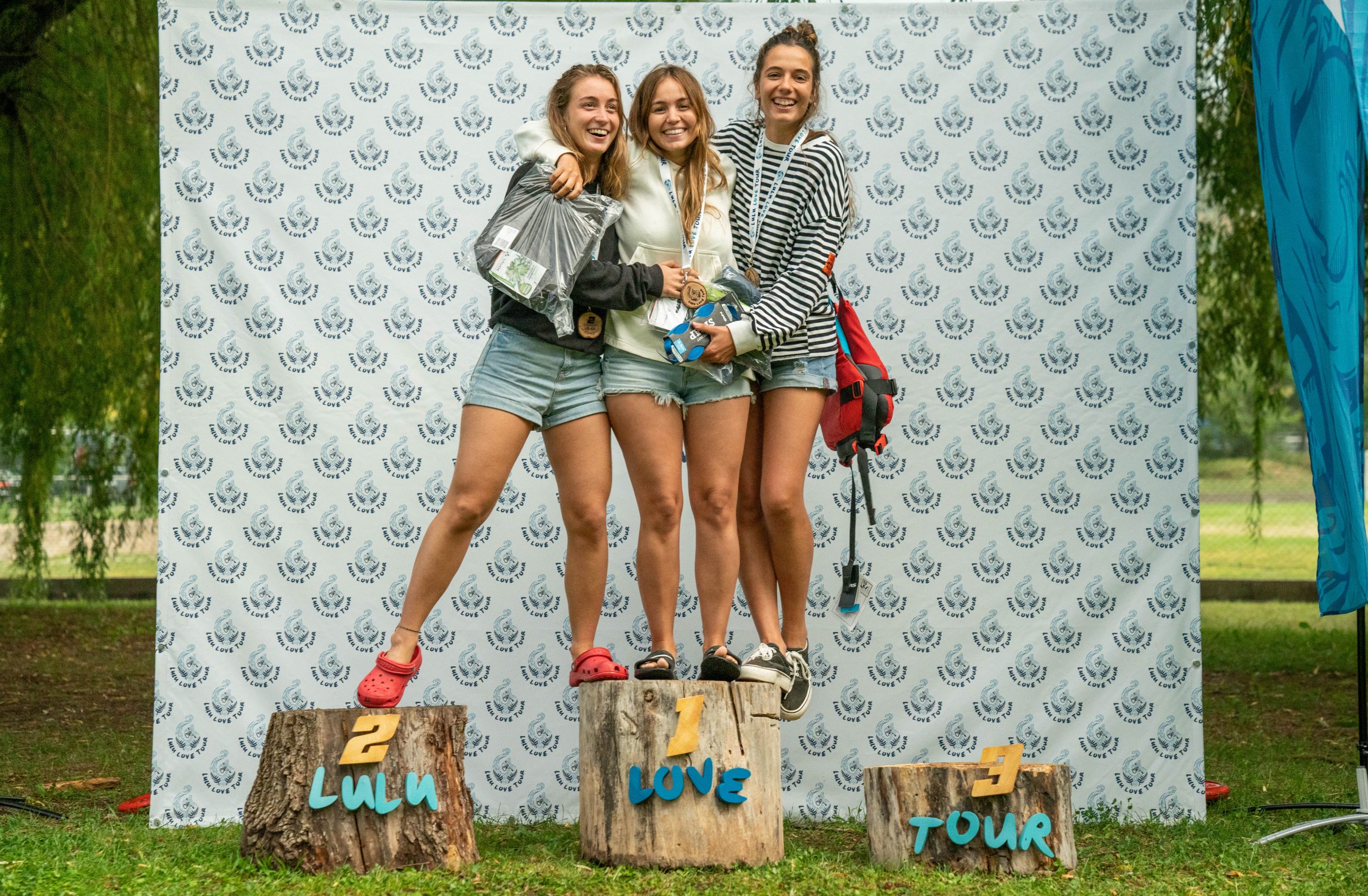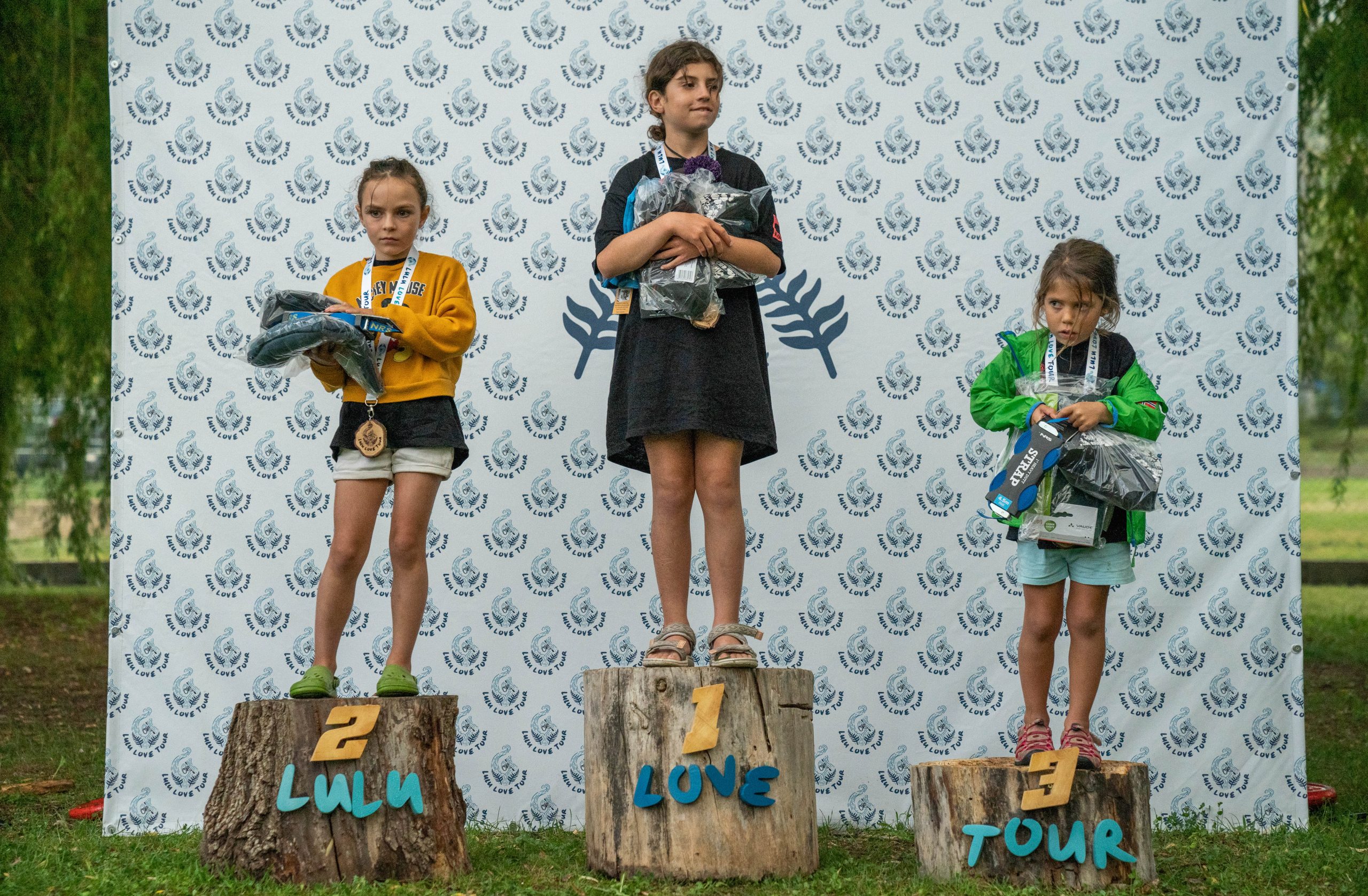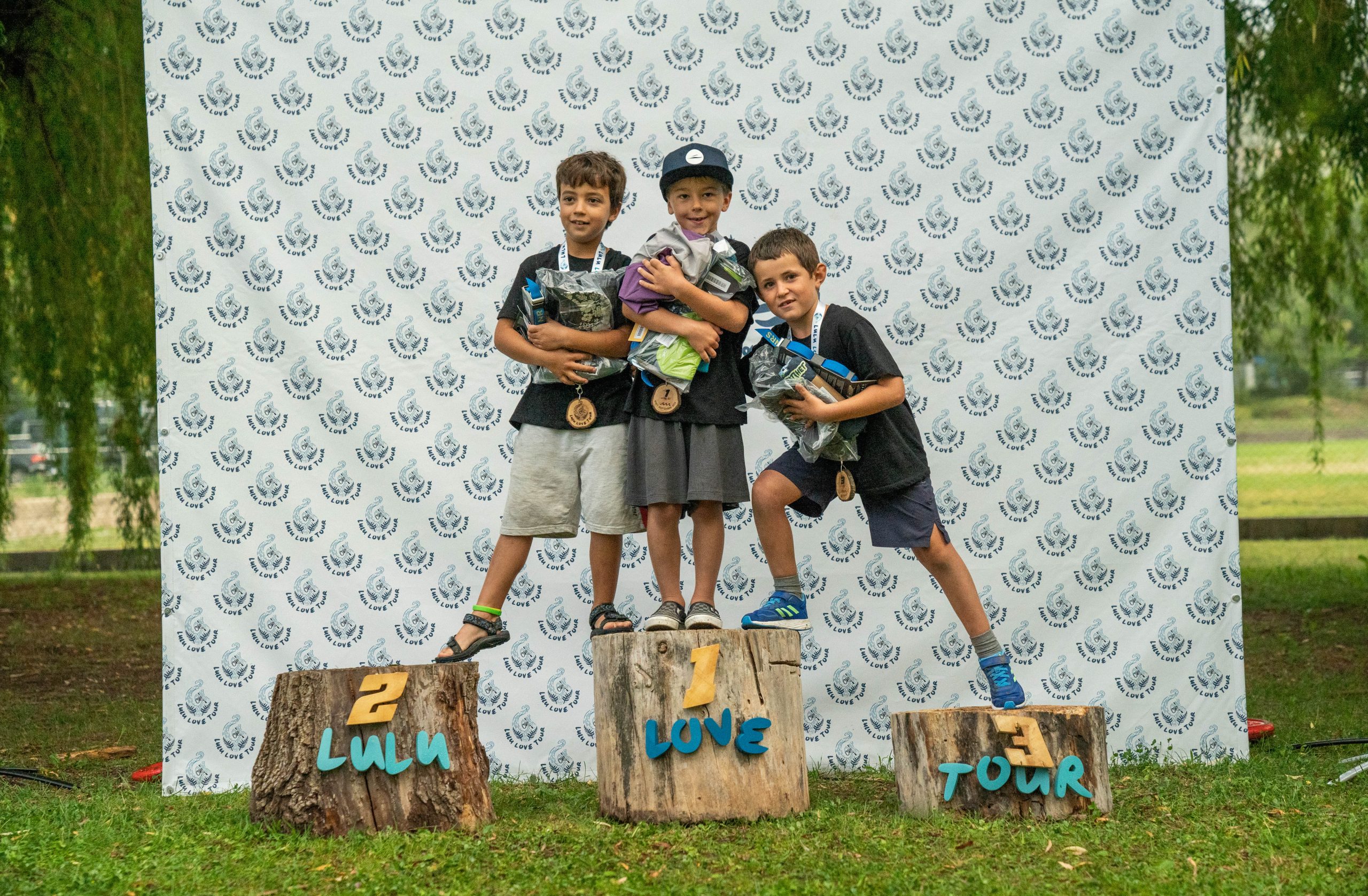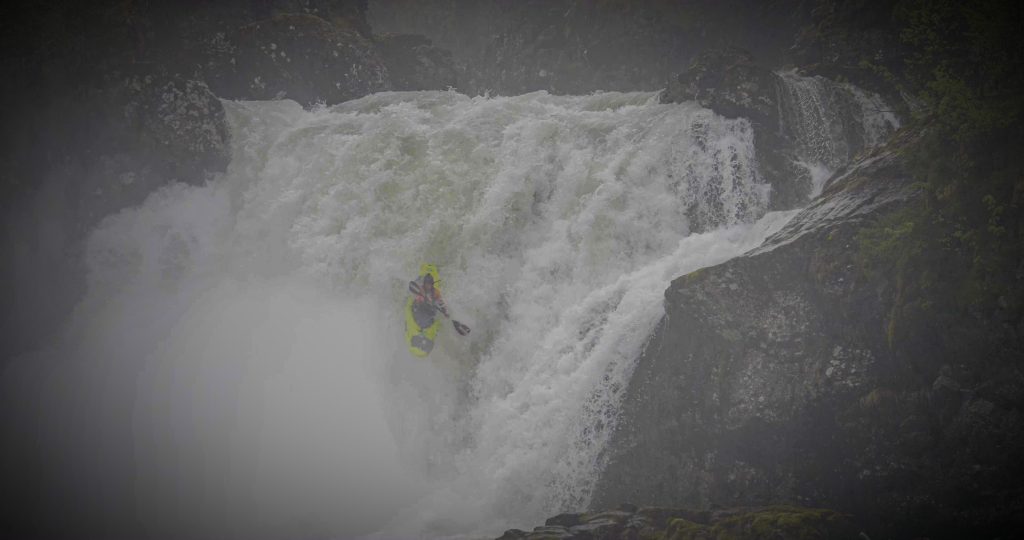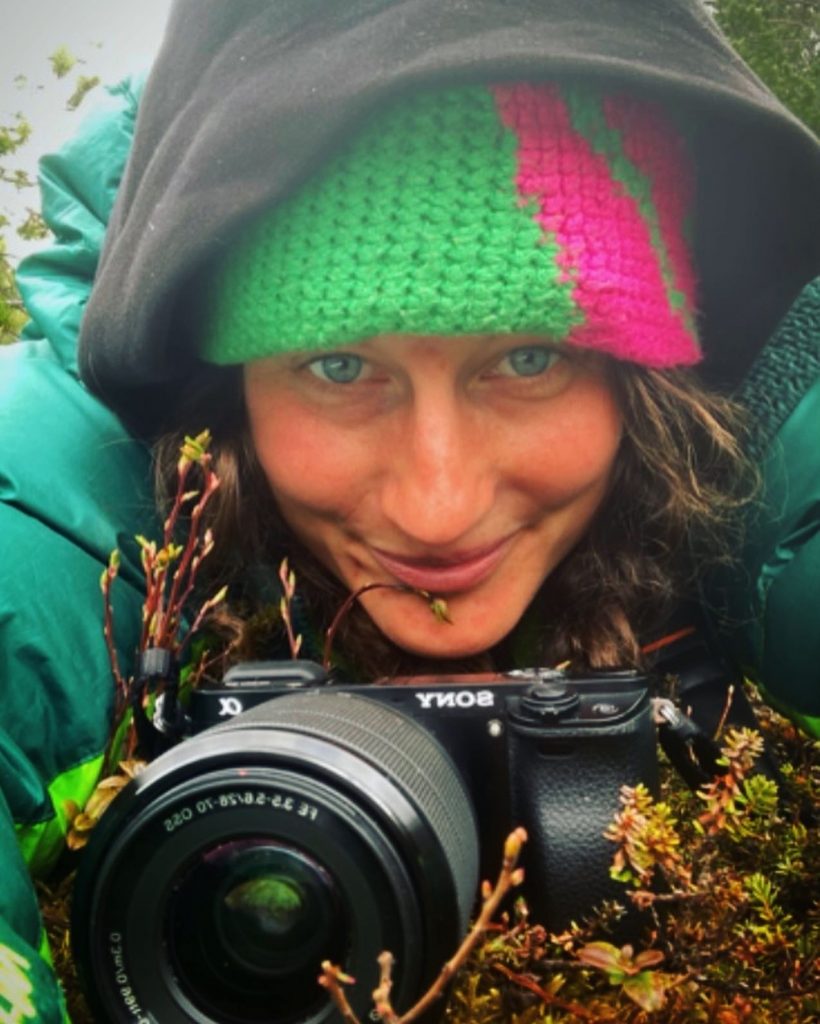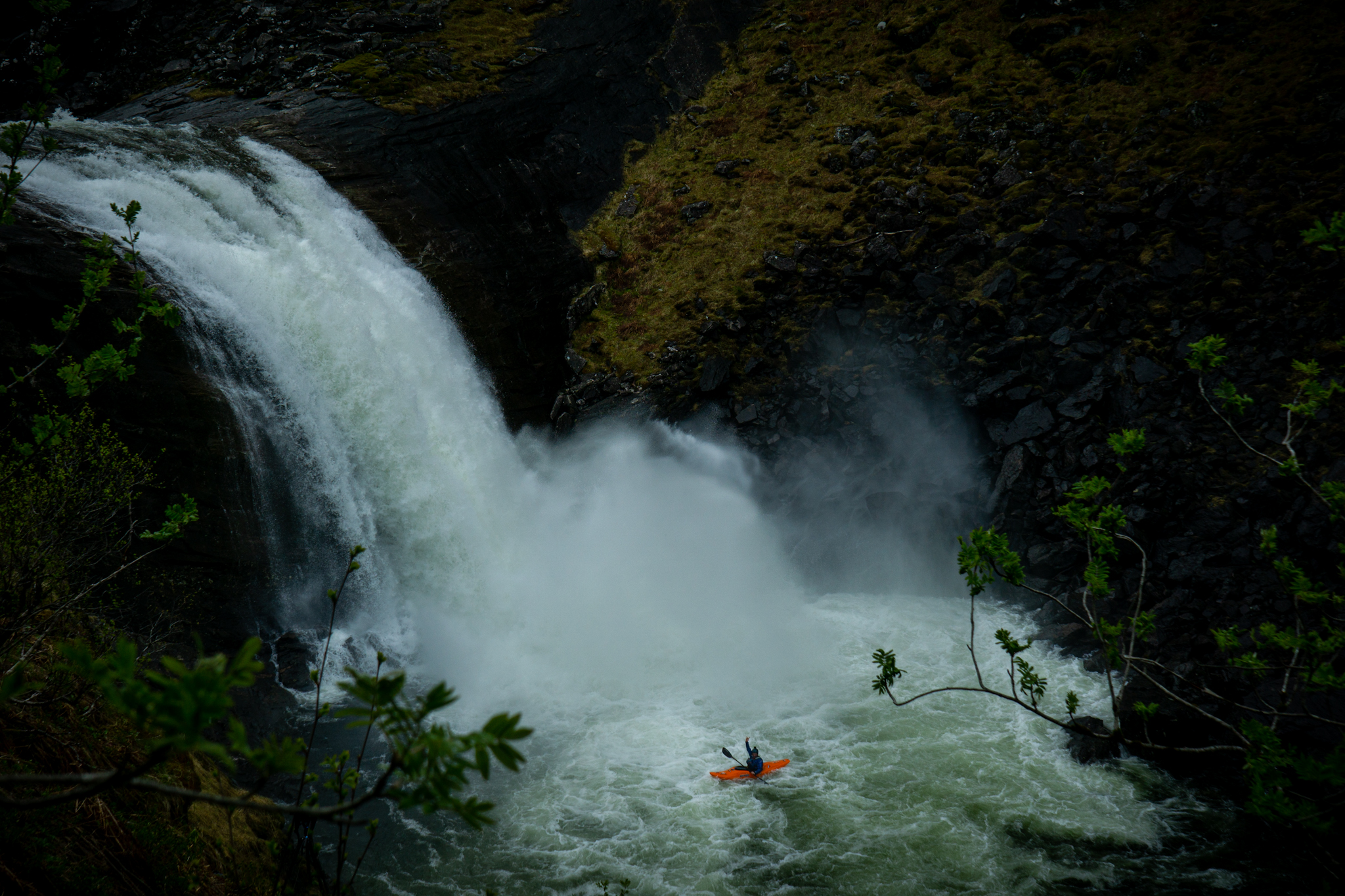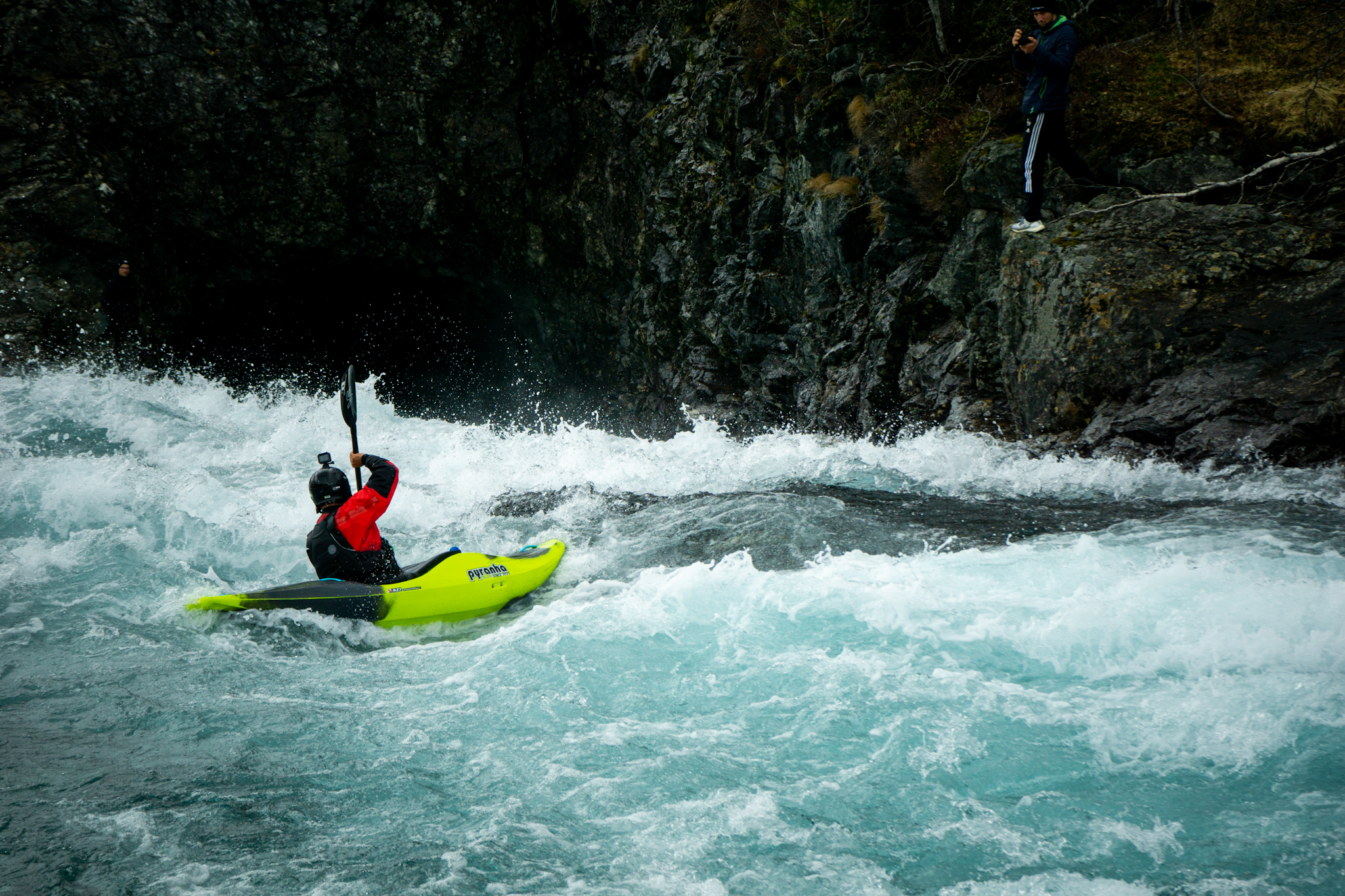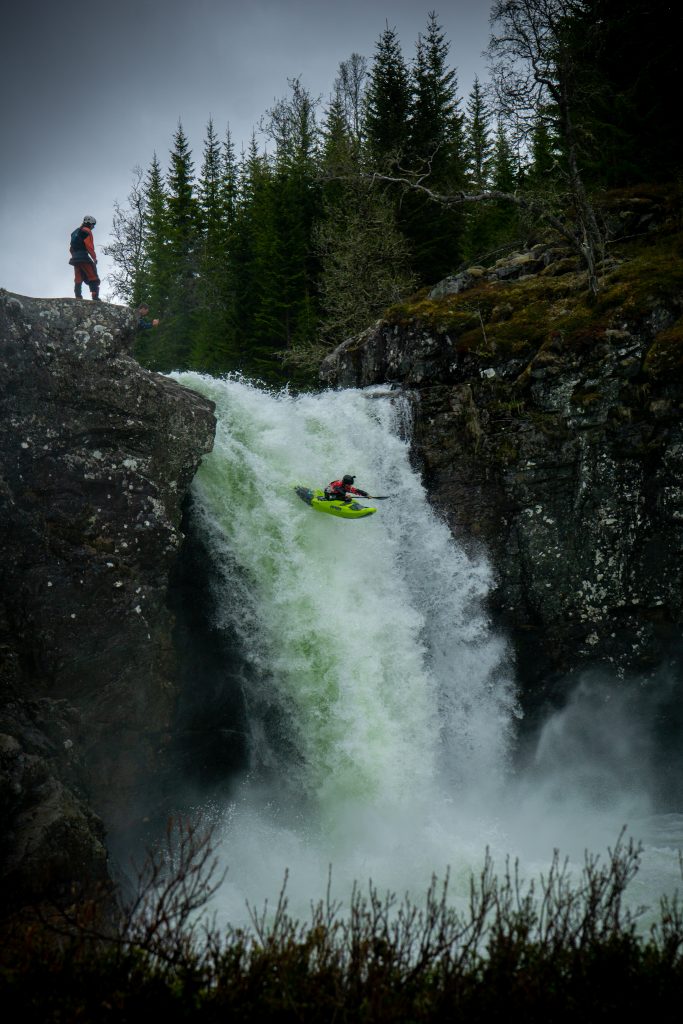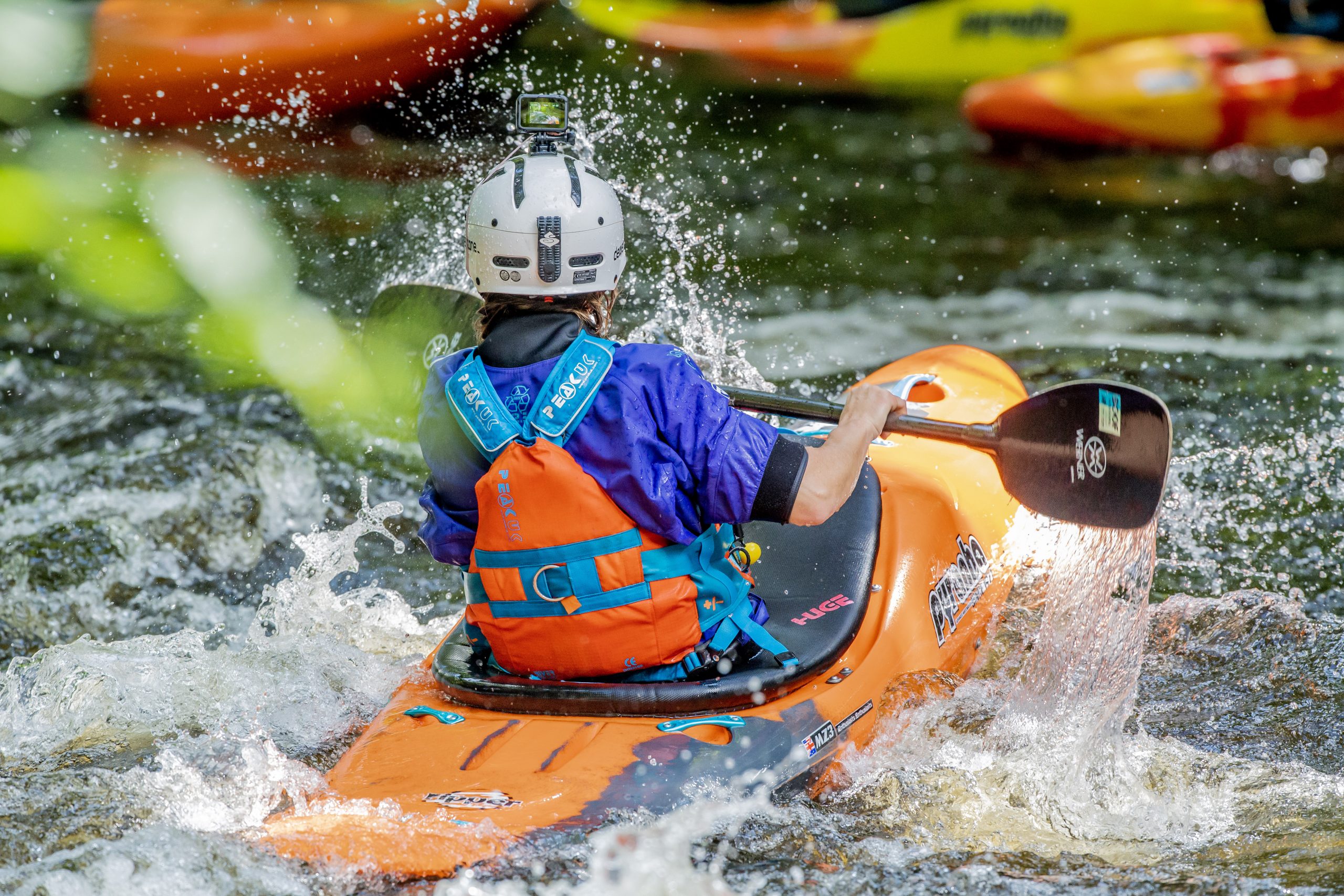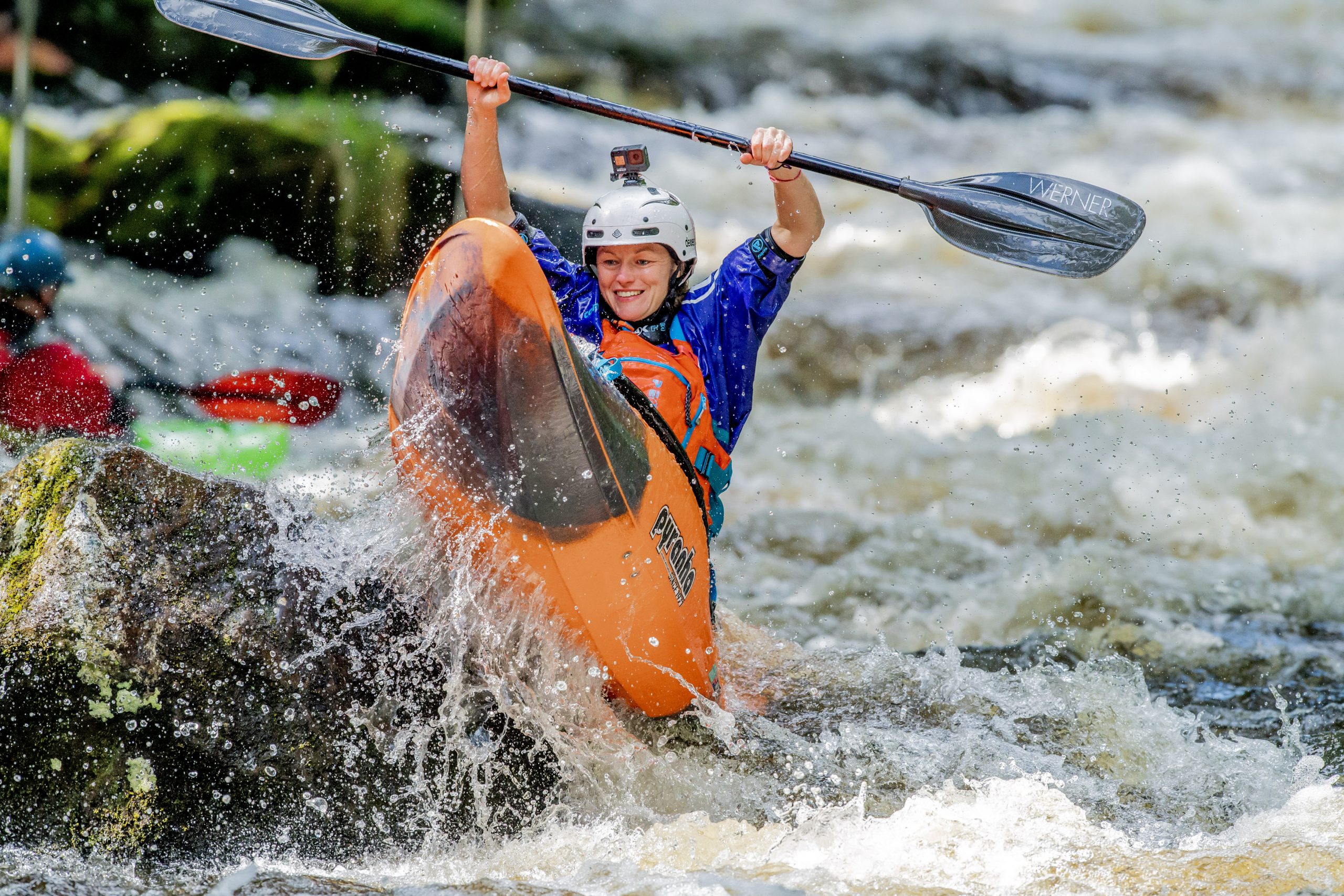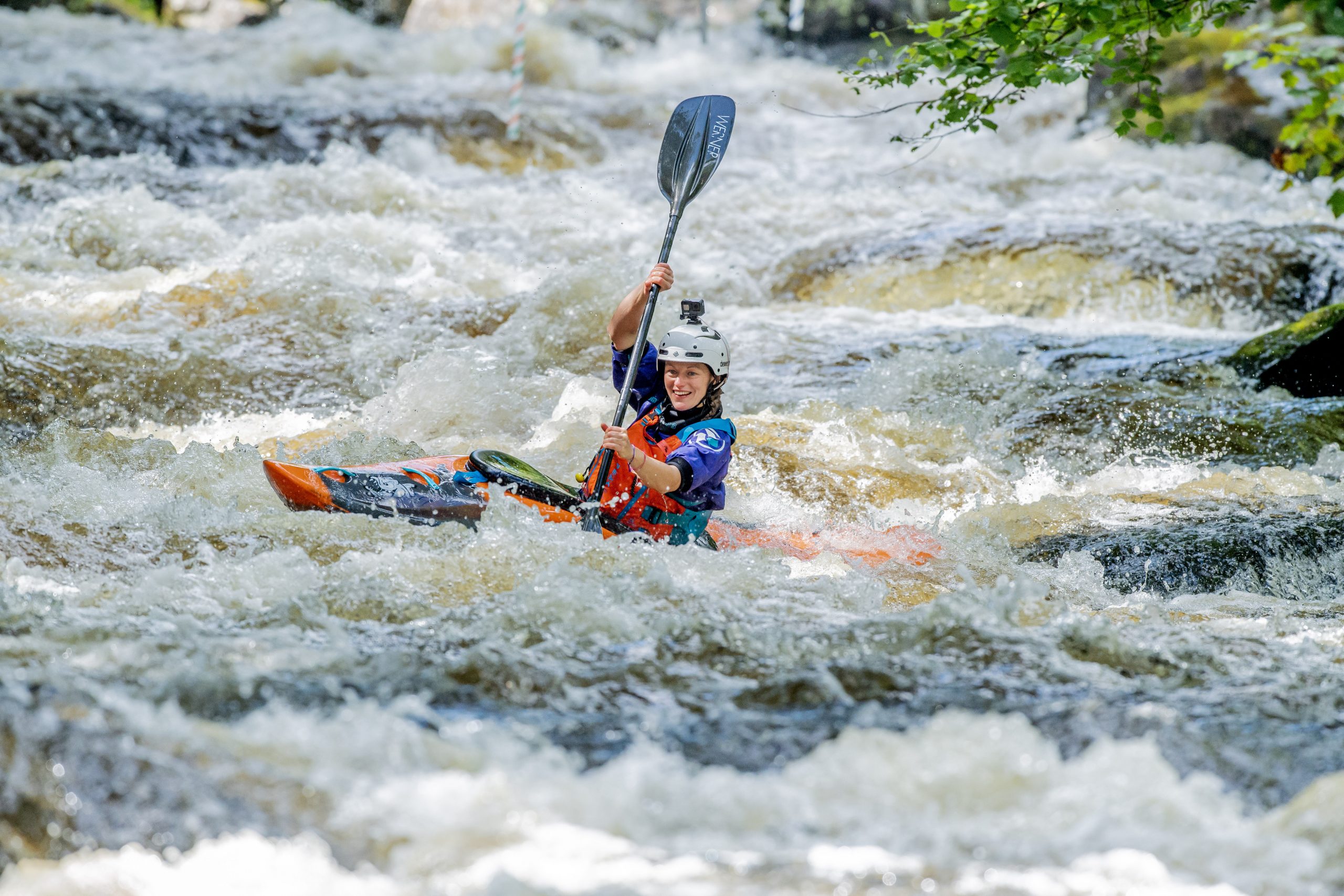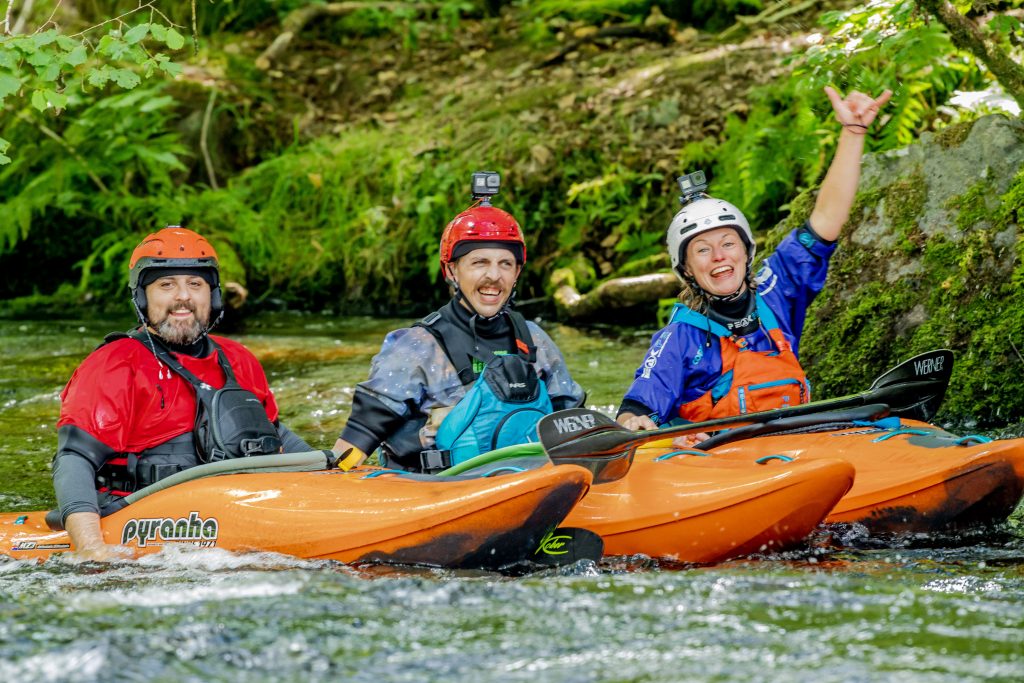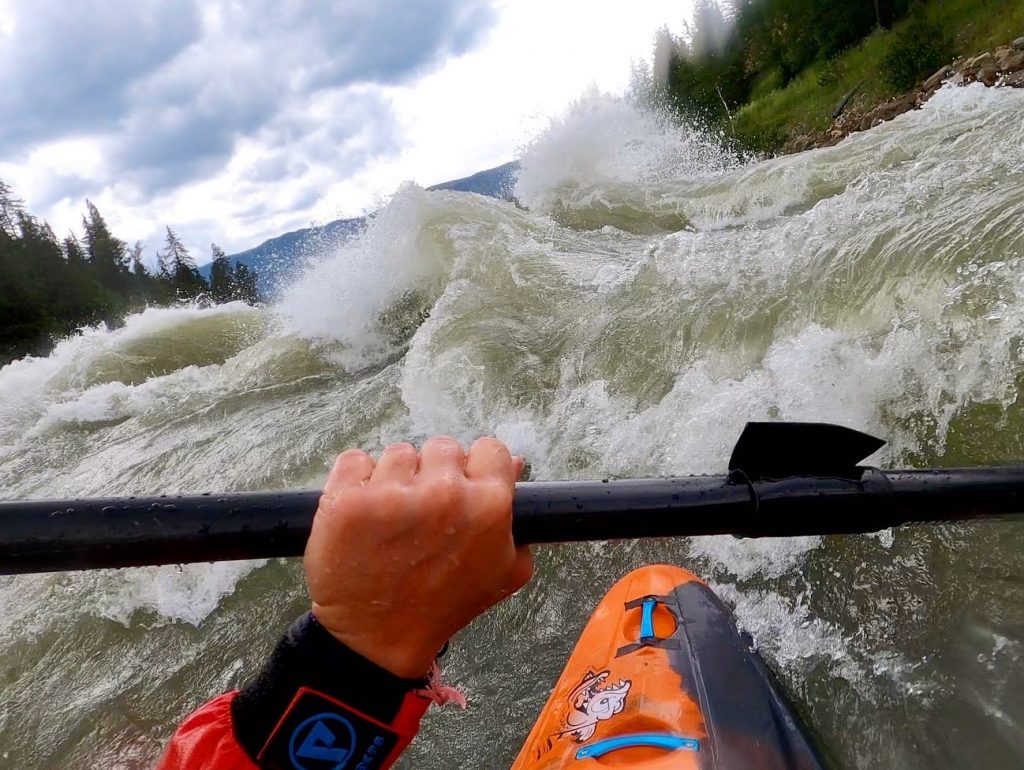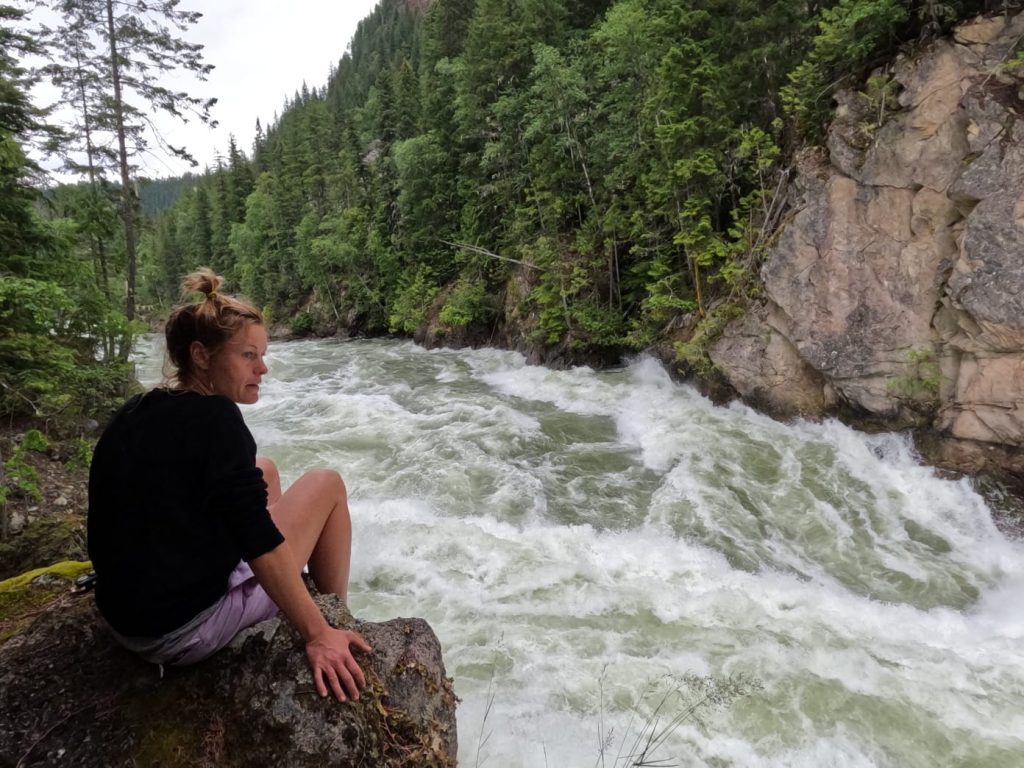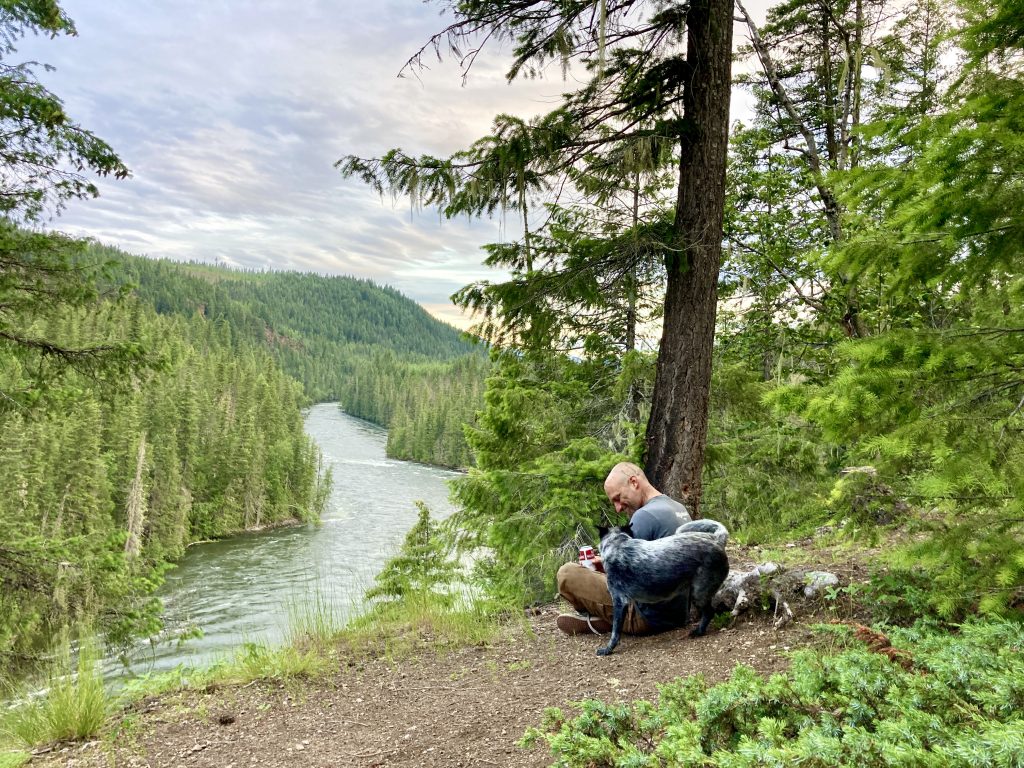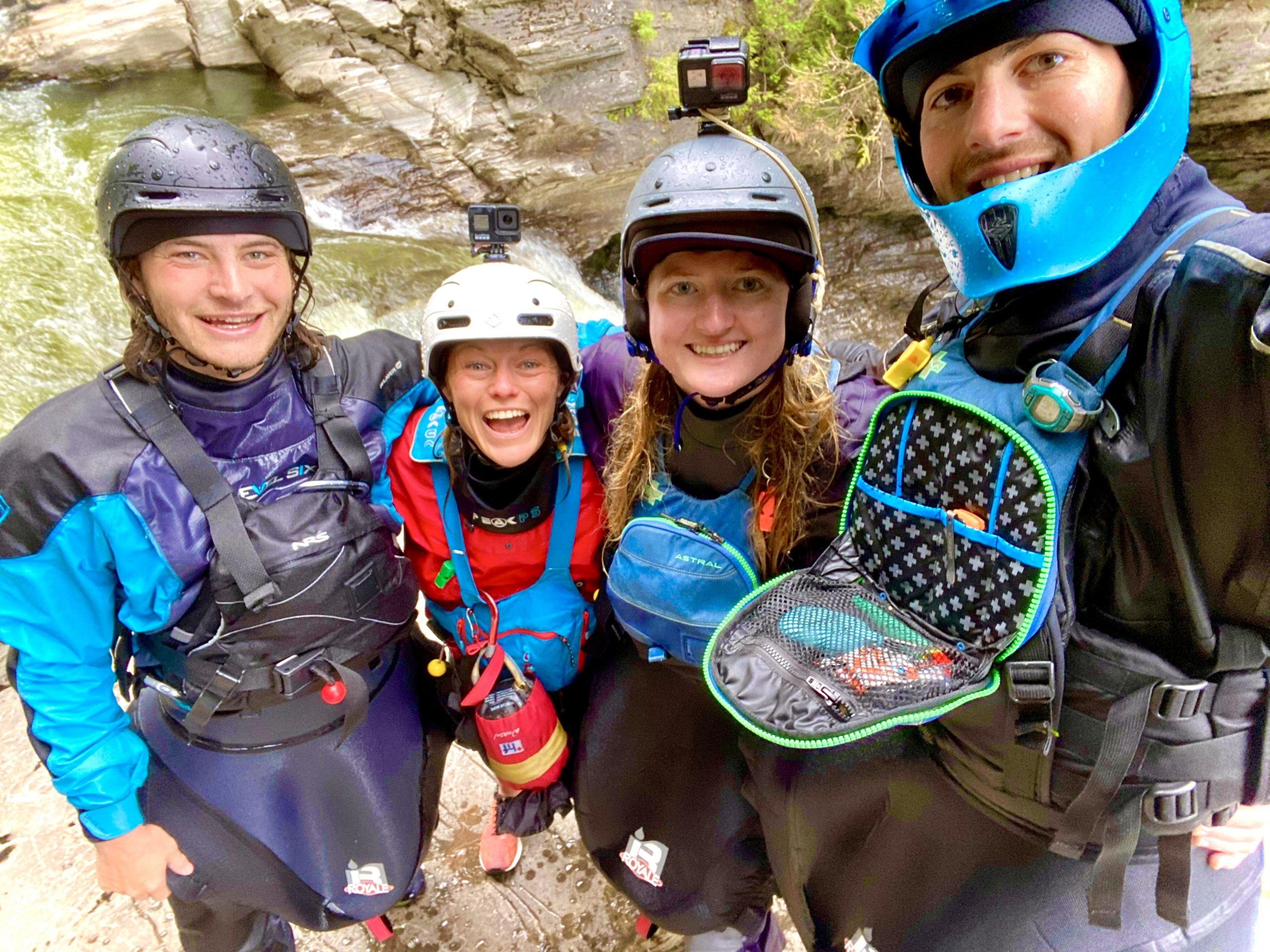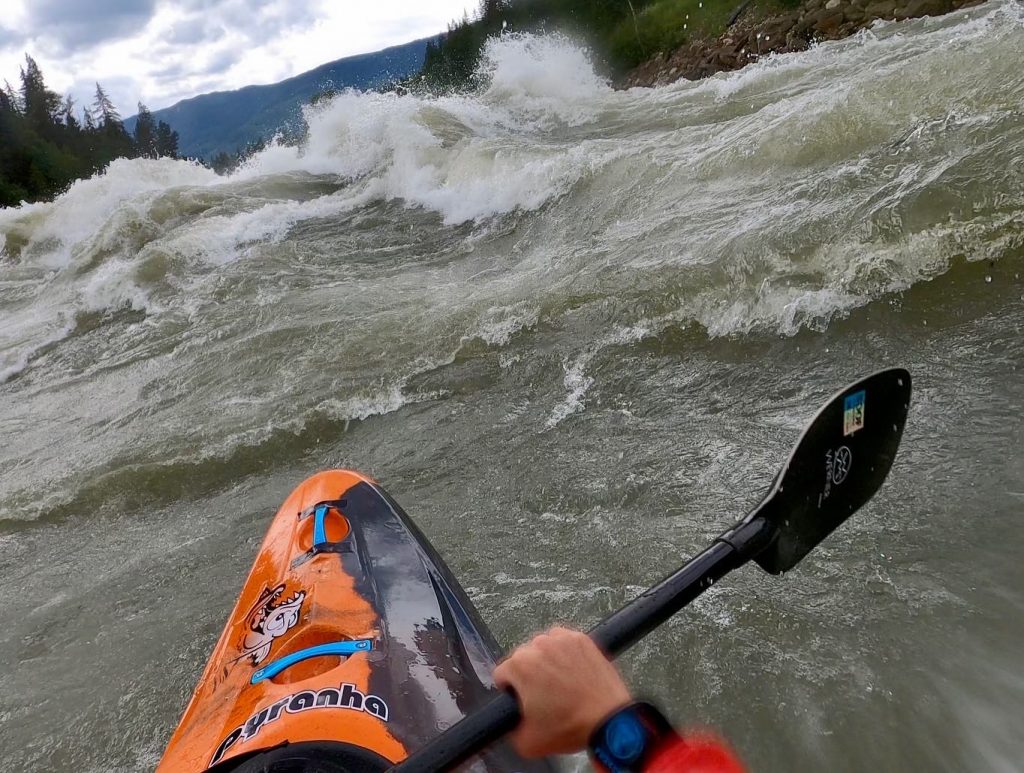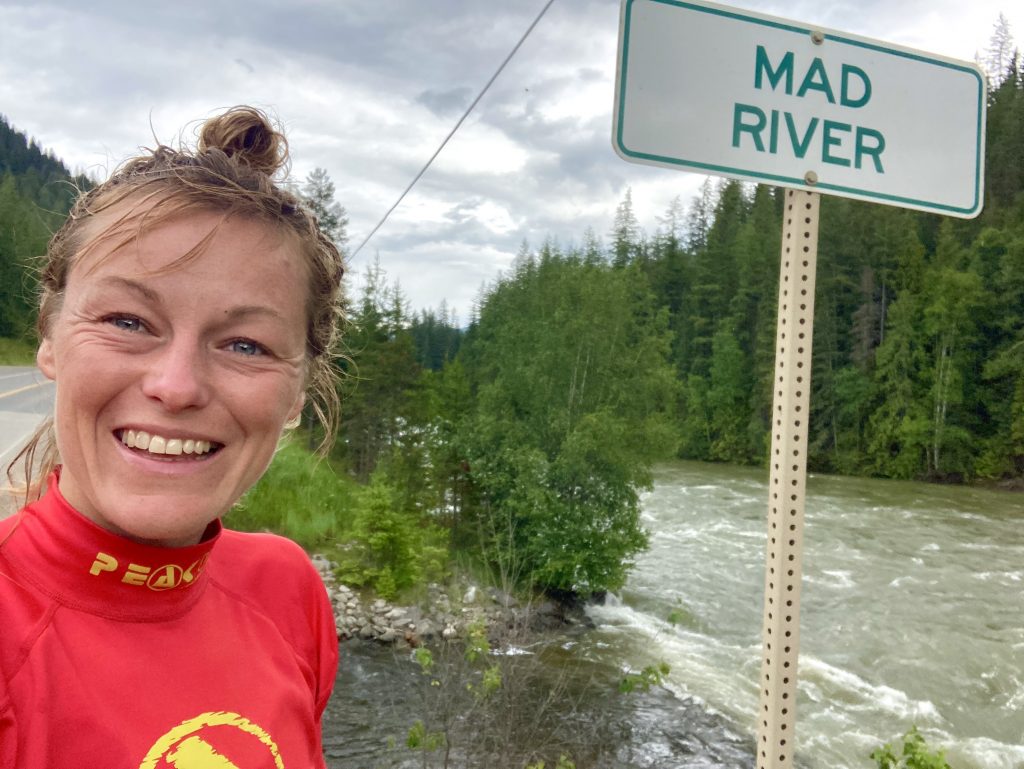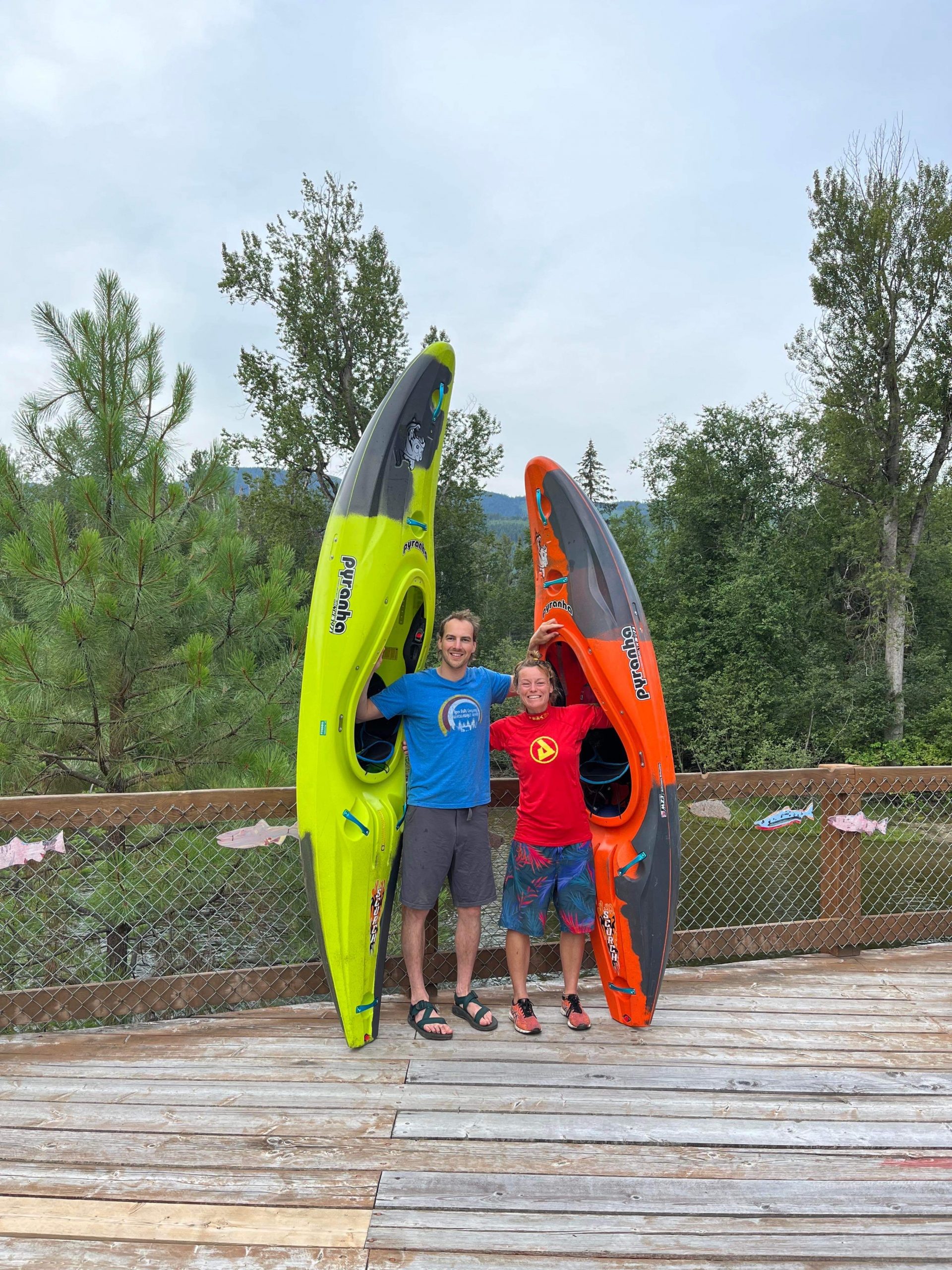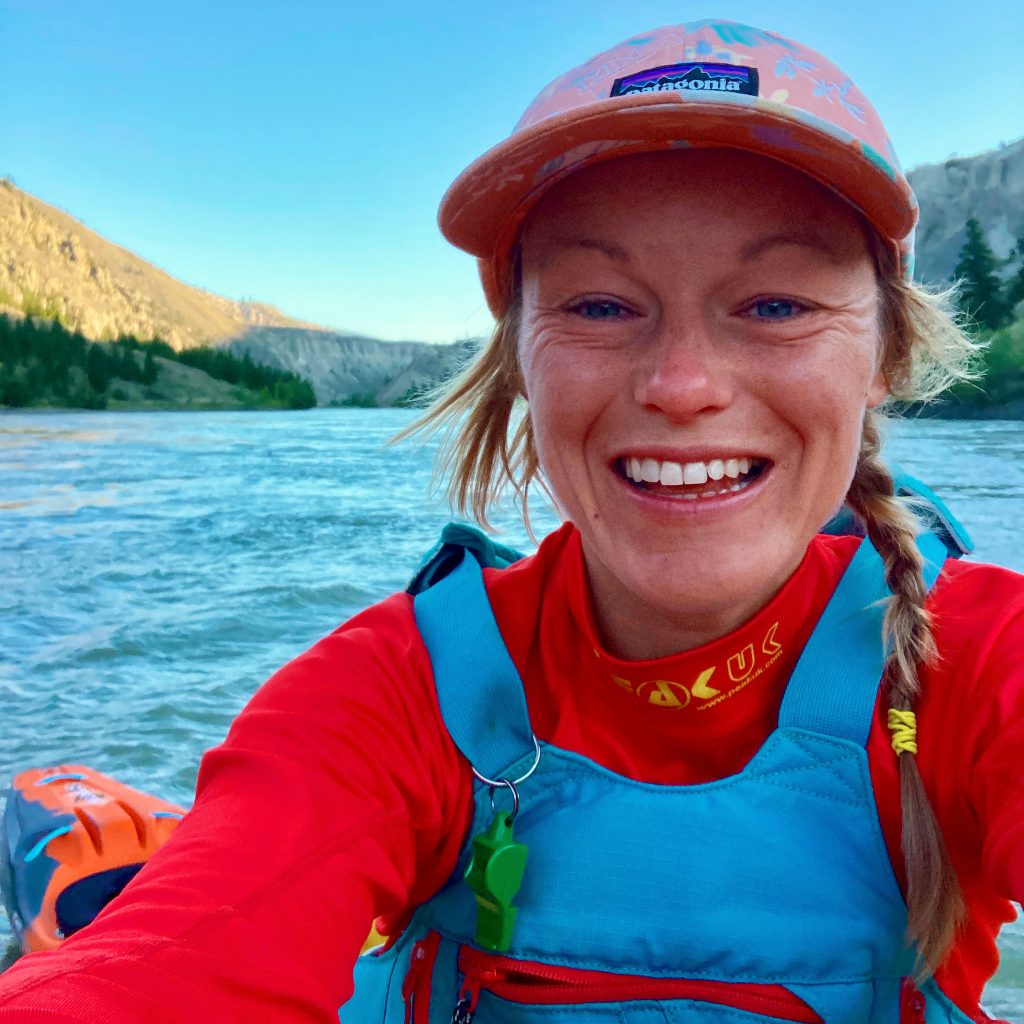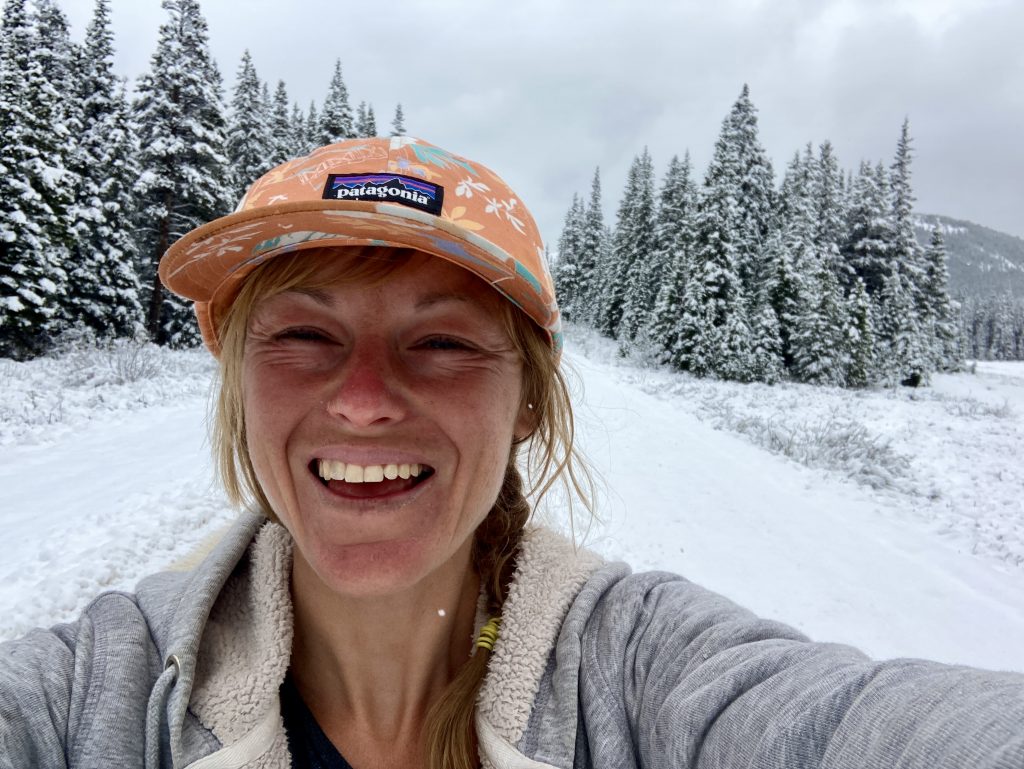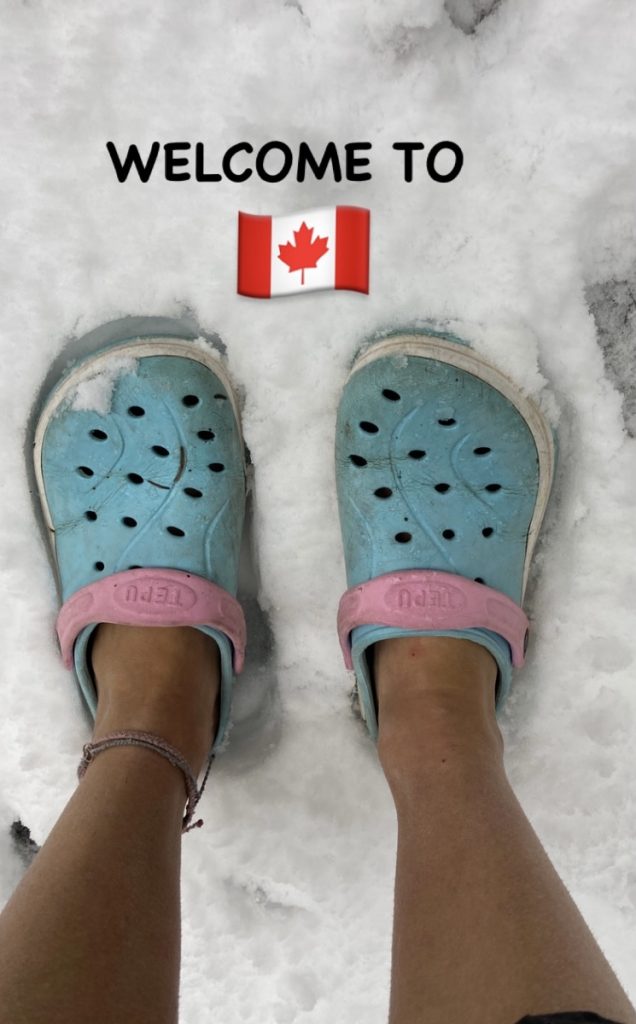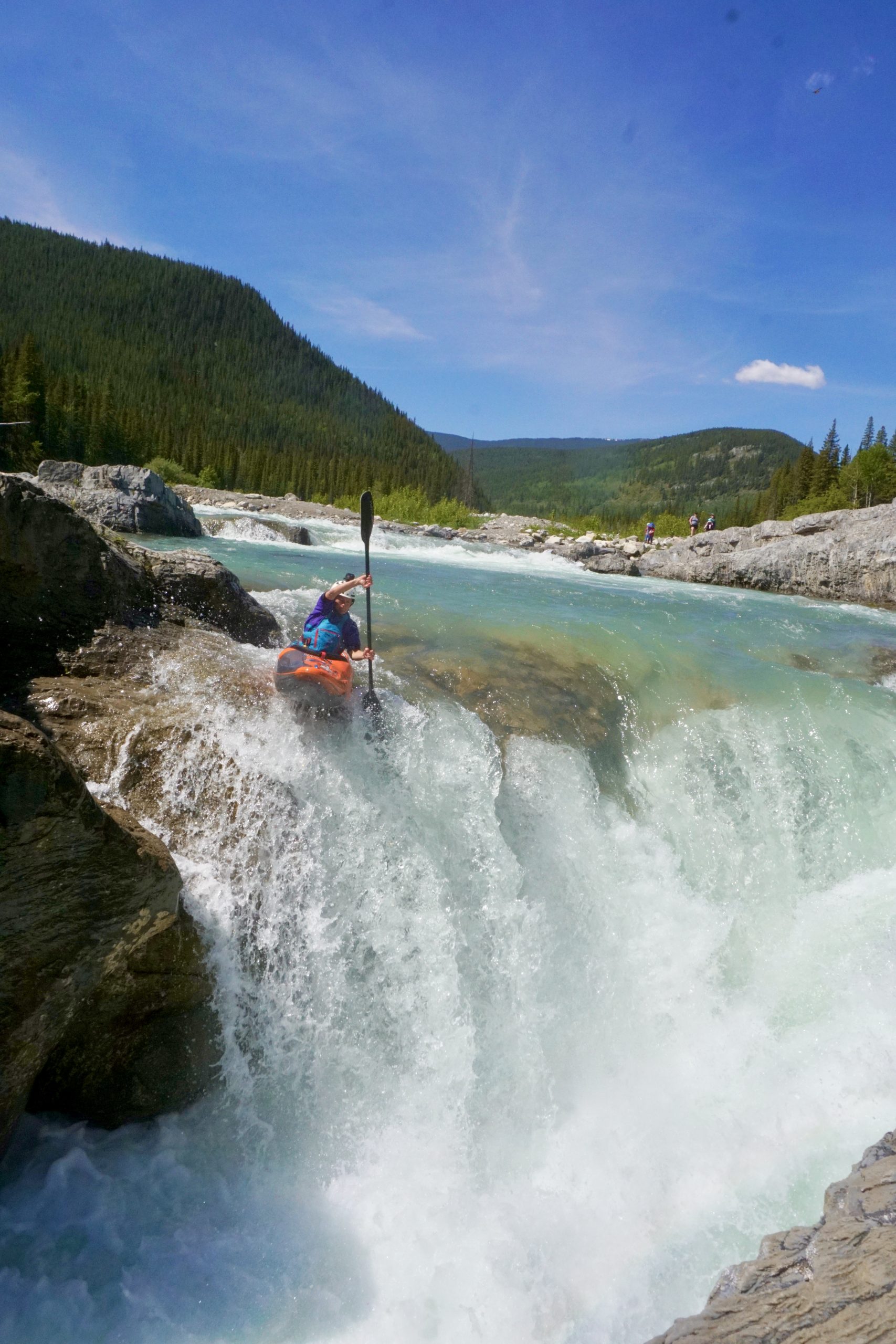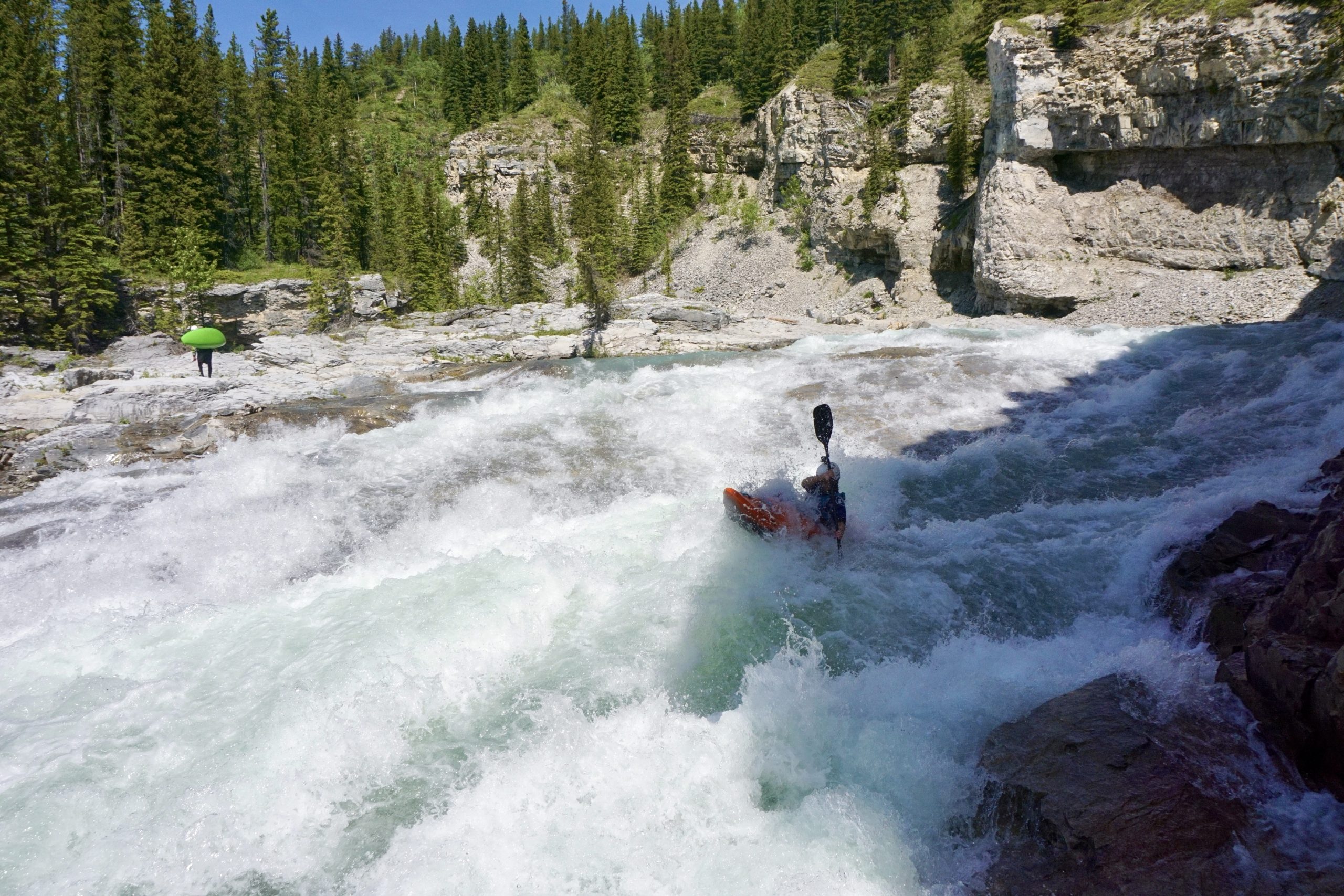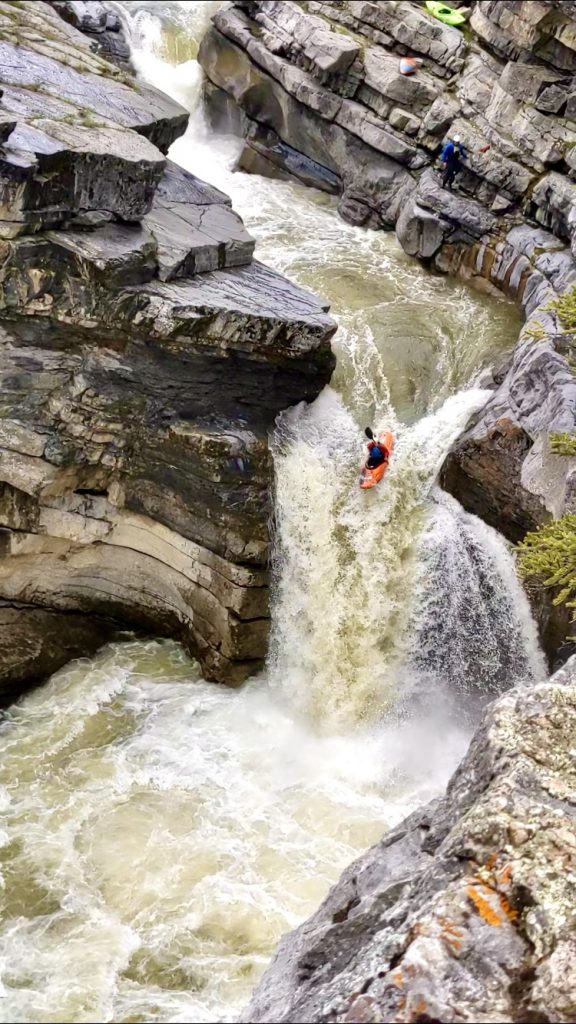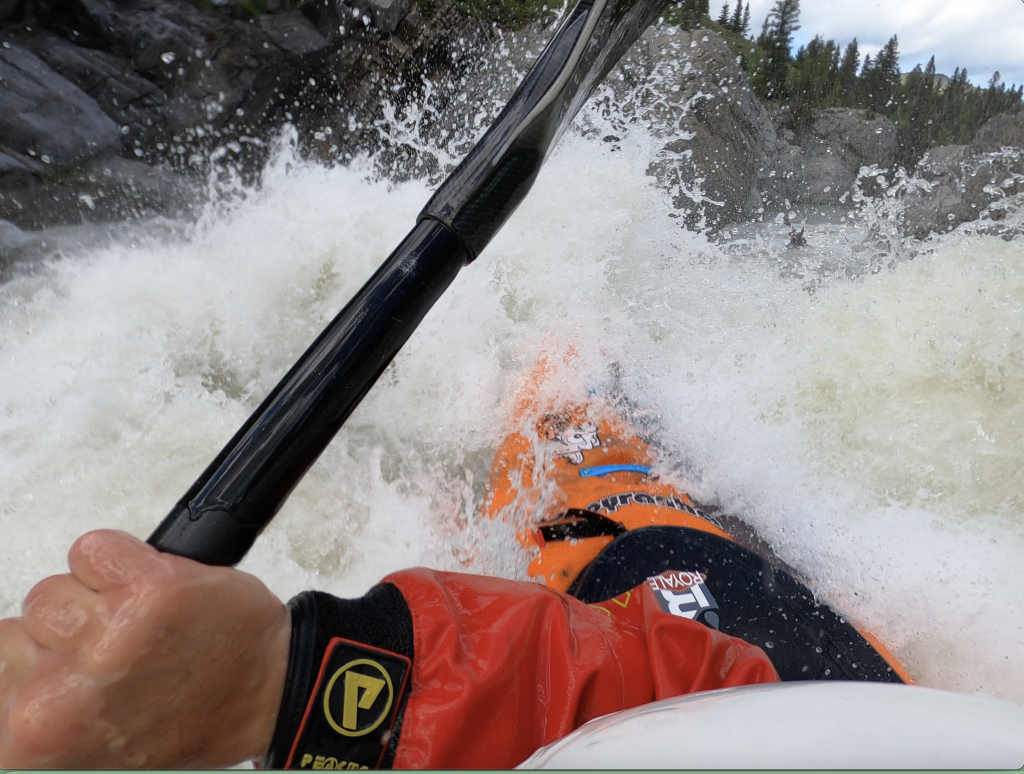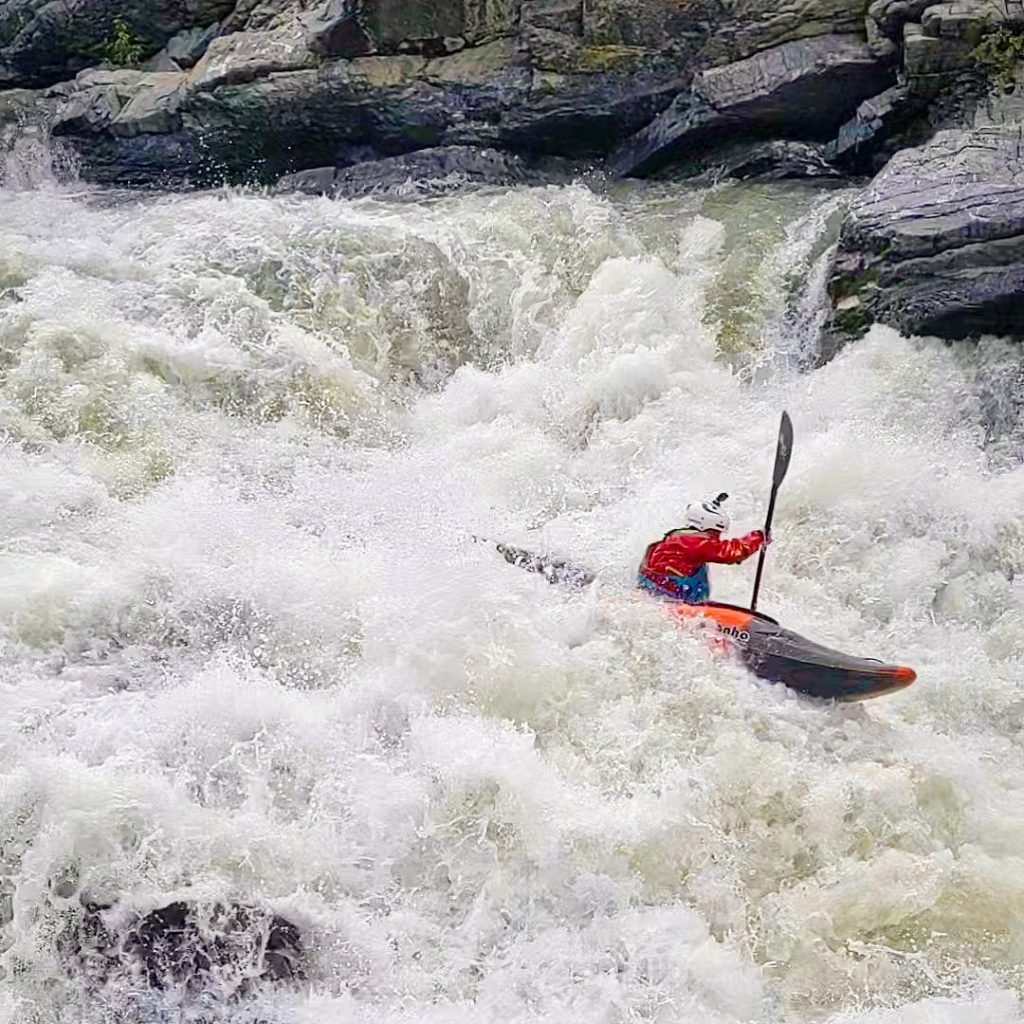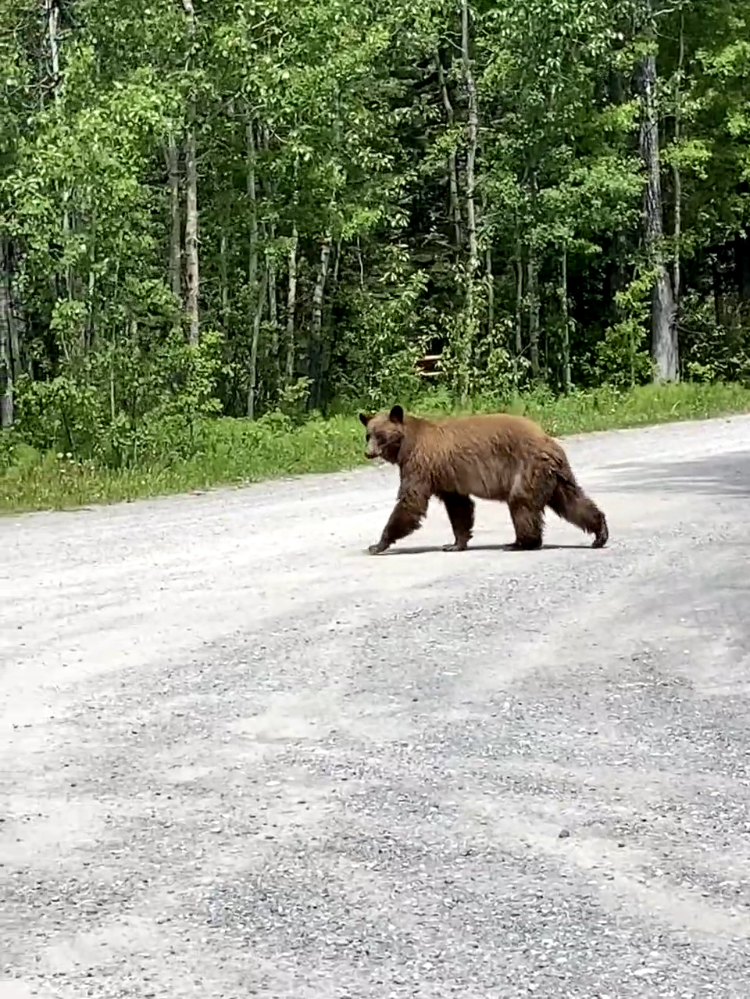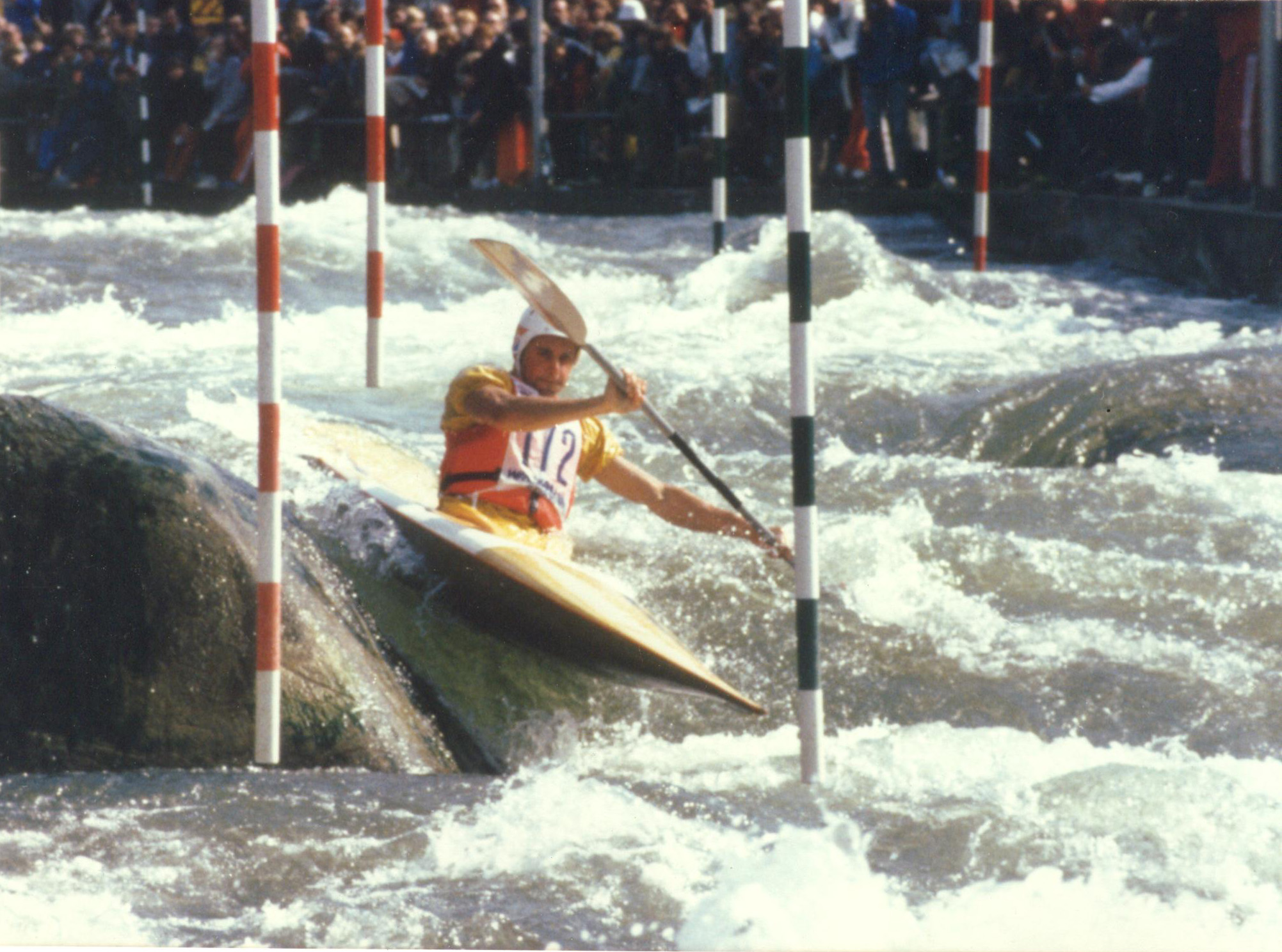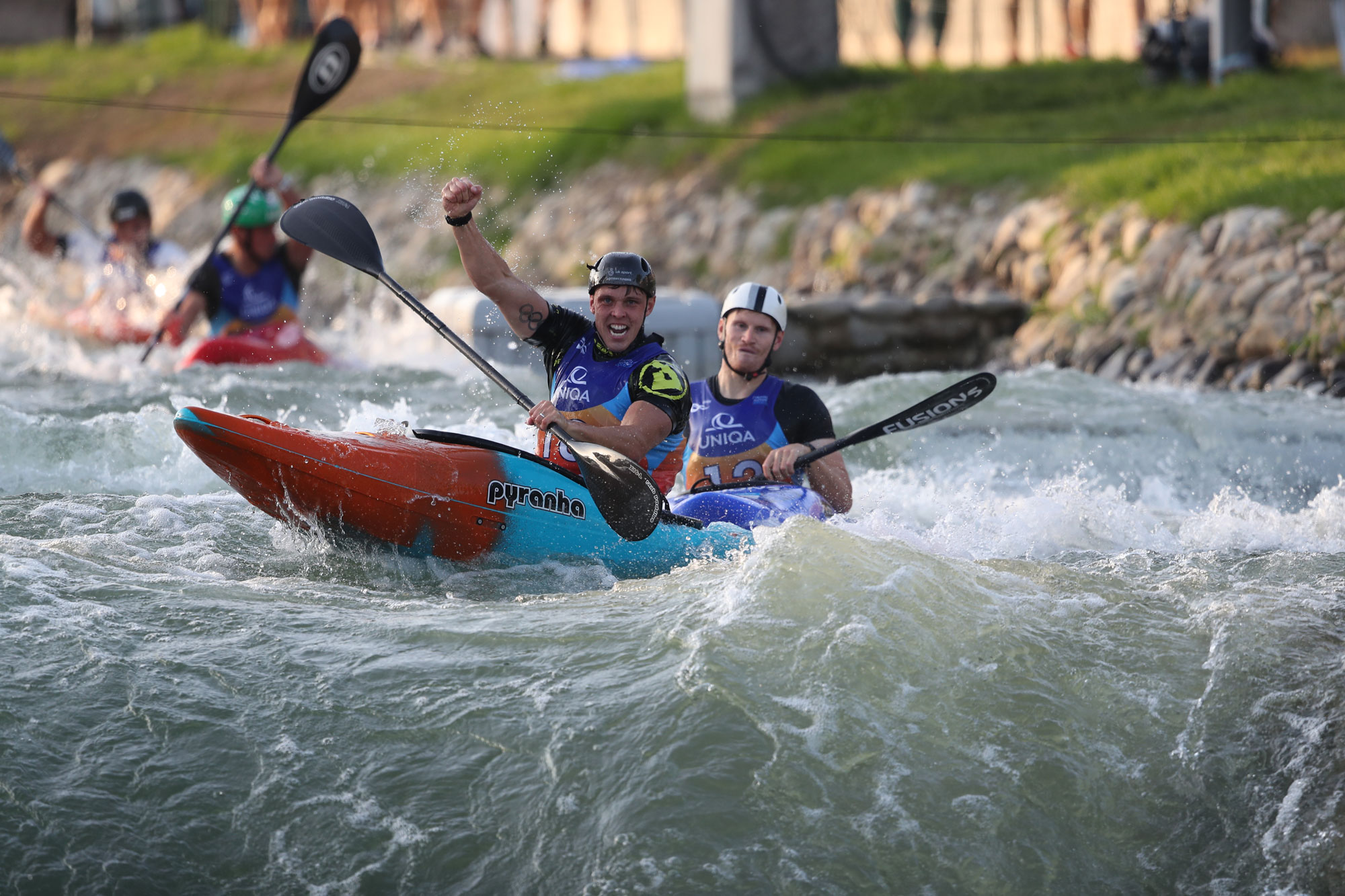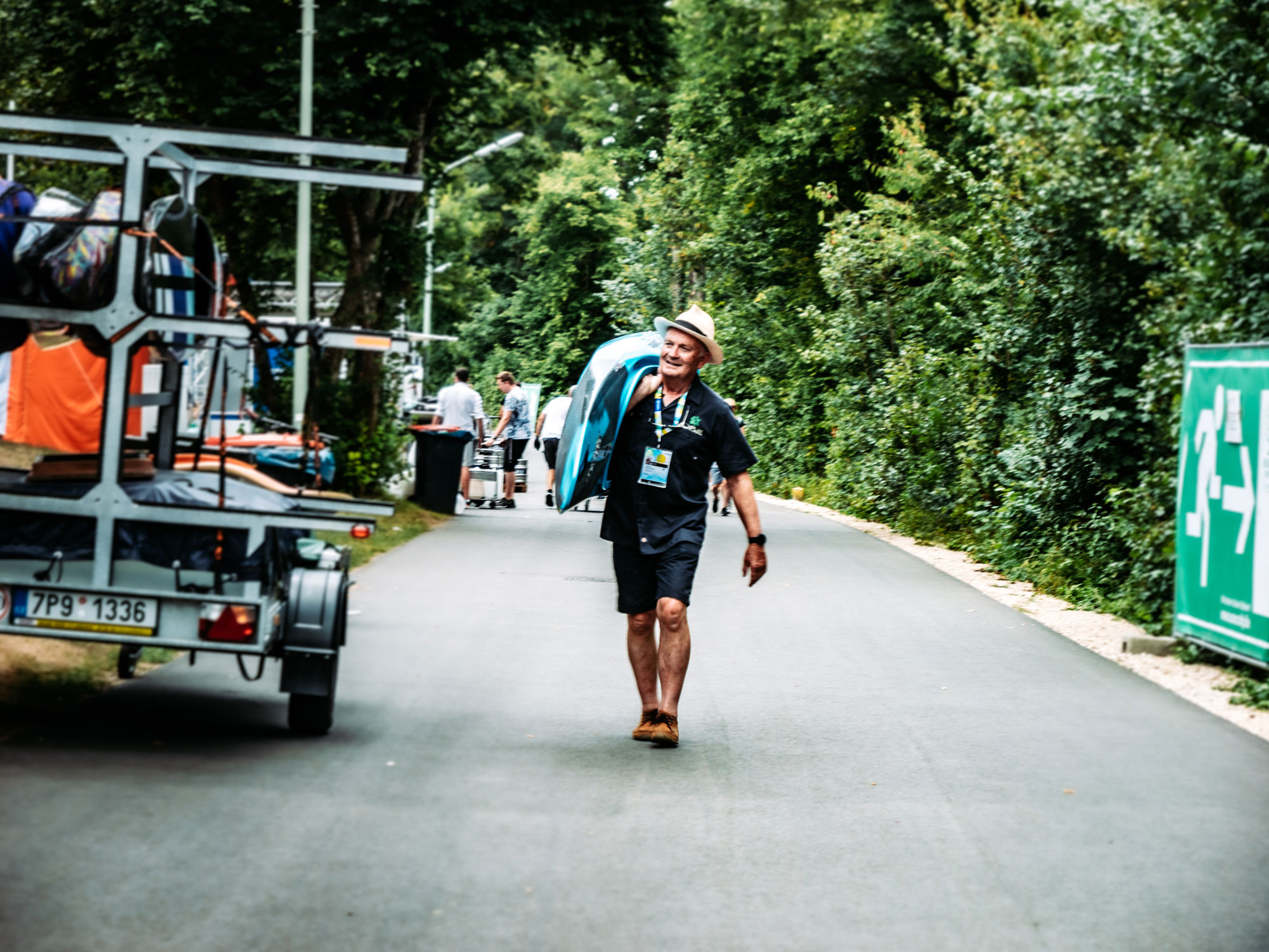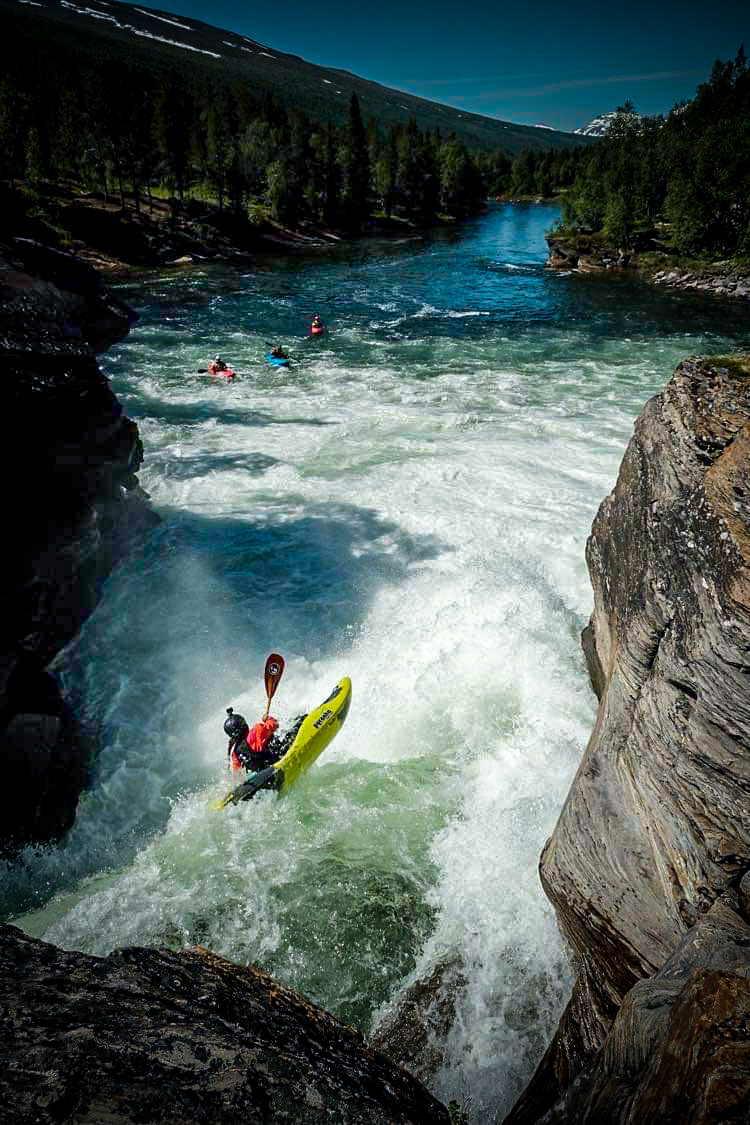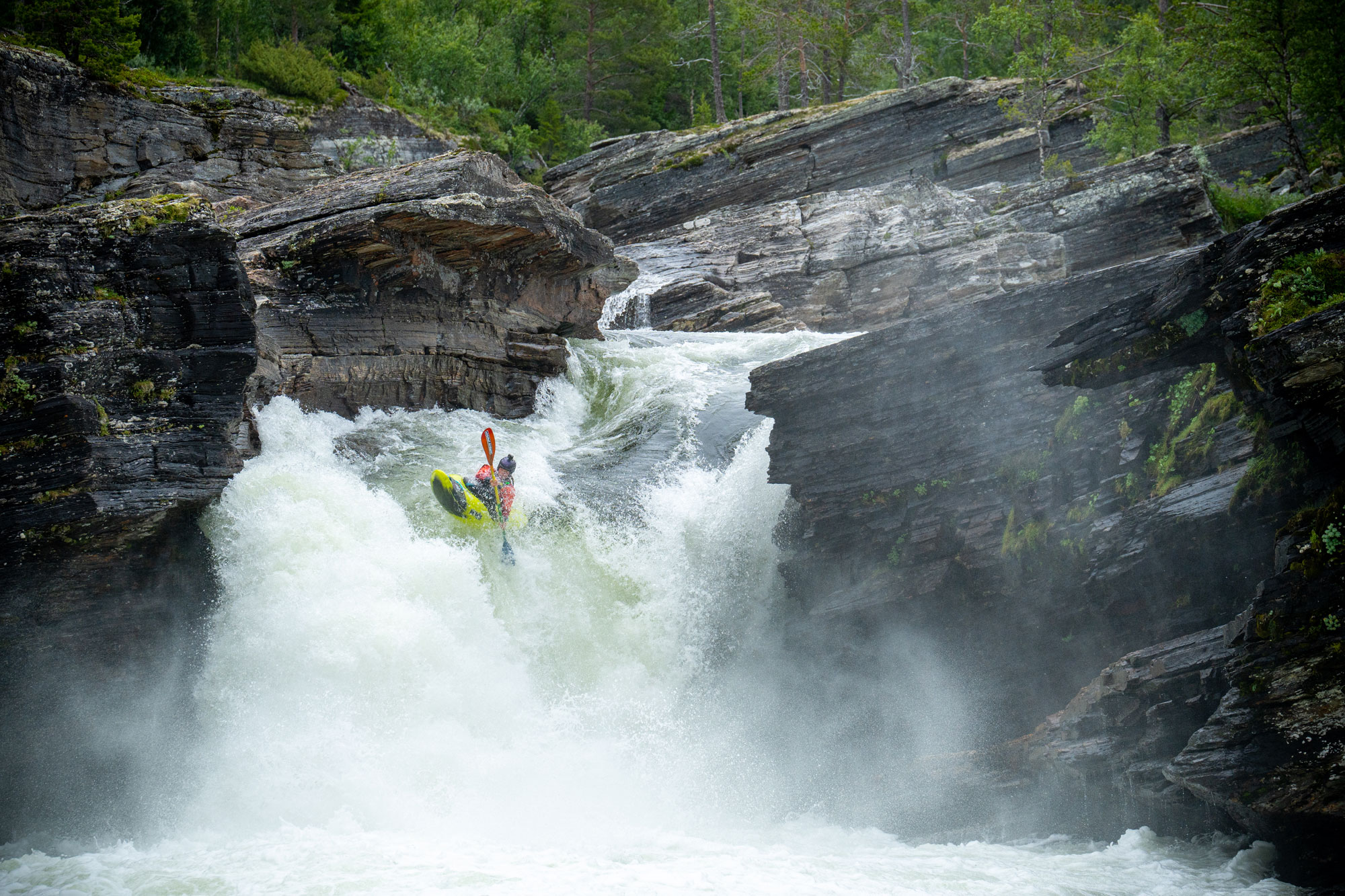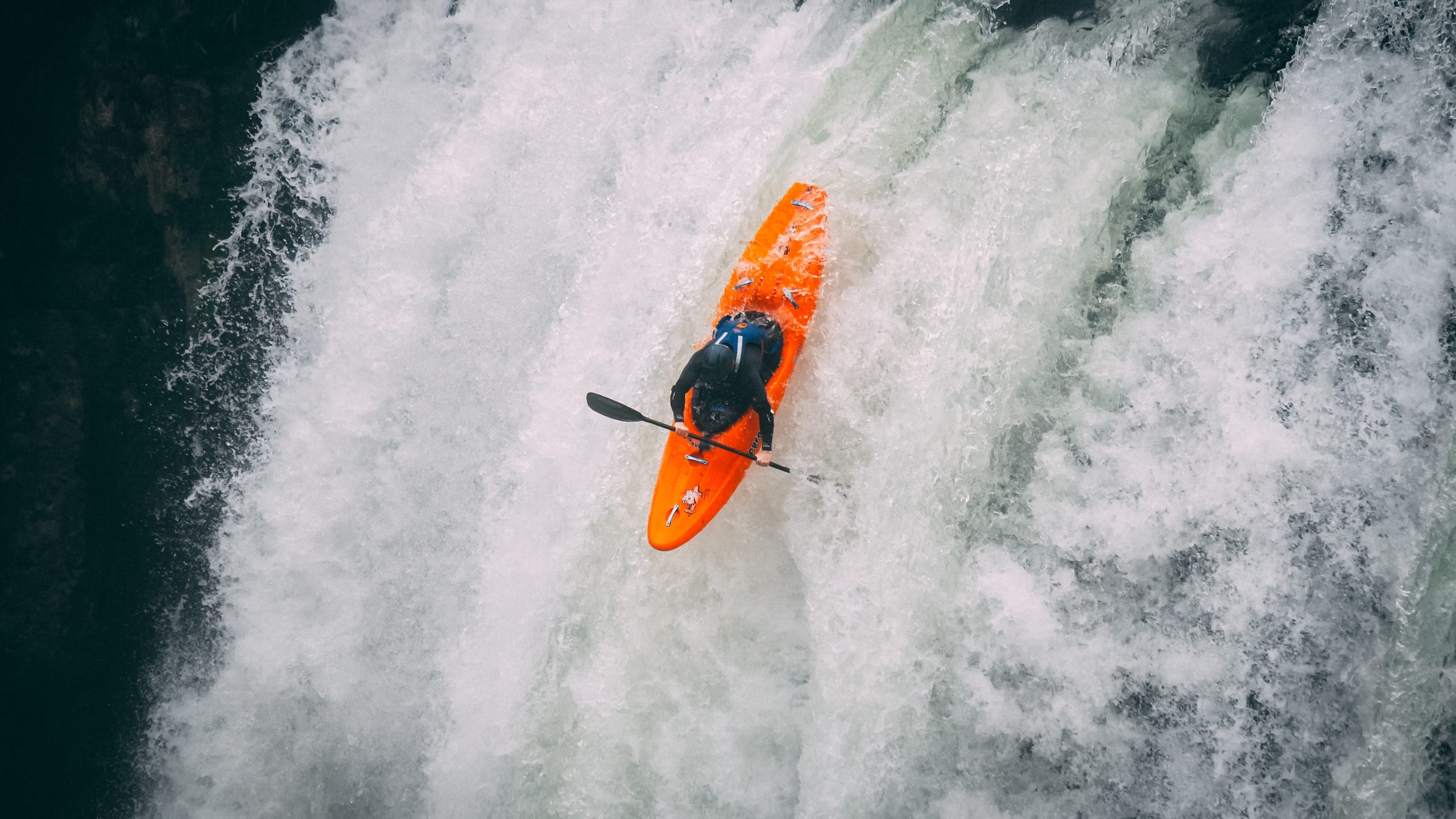
My third trip to Mexico and my third time taking a different Pyranha Kayak. On my first trip, I took the original 9R and loved the skips I was getting, but felt it was a bit twitchy on some moves at my weight. On the second trip, I took the Machno, which was rock solid and dependable, but it lacked the magic of the 9R. On my third trip, I took the Scorch, and I was blown away!
Coming back to Mexico, I am always shocked at how good the kayaking is in Veracruz. Just a few short car rides away from the Aventurec hostel, there are several sections which range from tight slides through the jungle, to perfect class four pool drops, and all the way up to stacked series of big waterfalls. Trips here are always a little bit rowdy as you can literally go as big as you want.
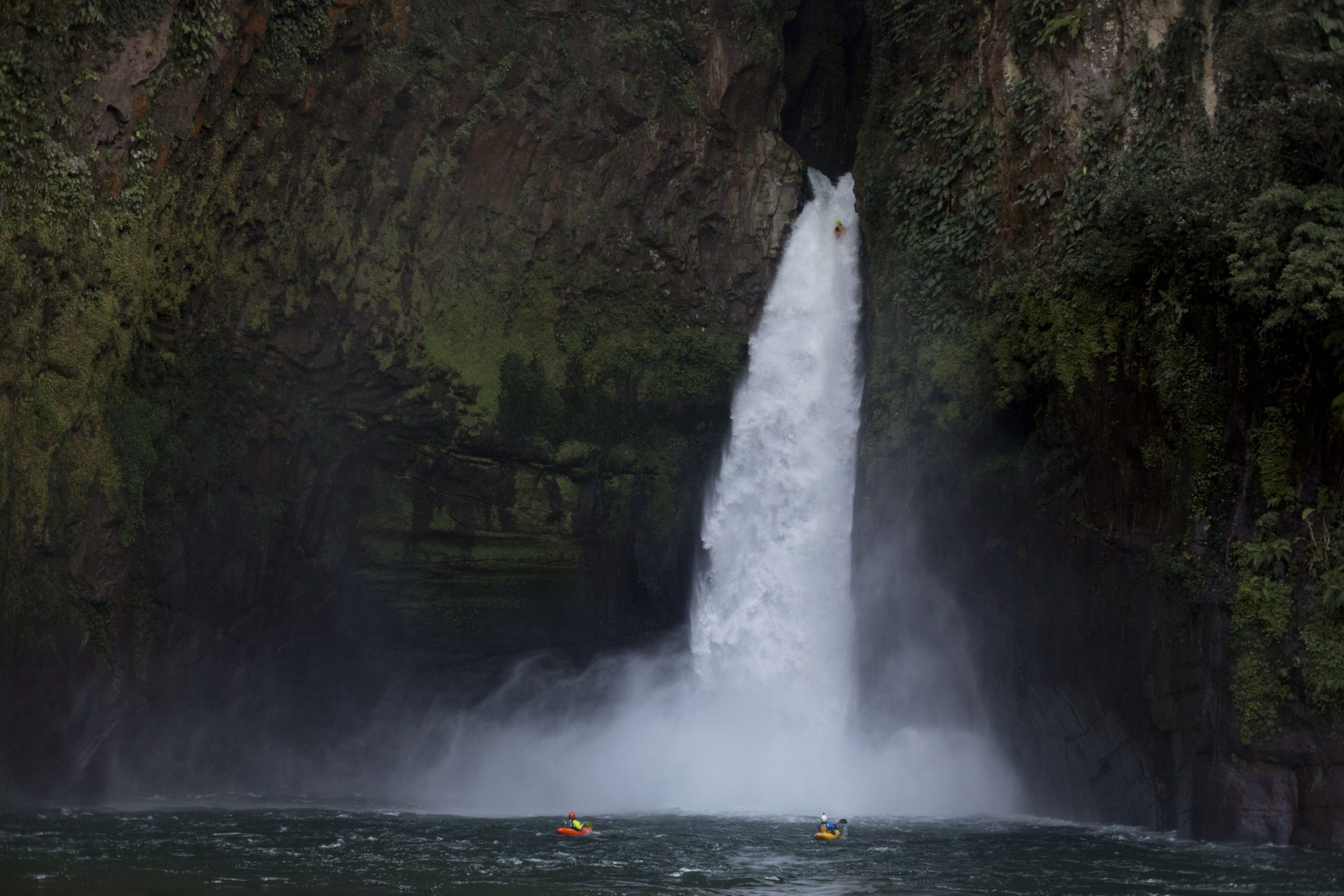
I warmed up on the Big Banana section. This piece of river starts at the base of the 128ft Big Banana falls, and it was really special to see this waterfall again after a successful descent a few years ago. A behind-the-series story to that descent is that the owner of Pyranha texted me to congratulate me afterwards and asked me to bring the Machno I used back to the UK for his kayak museum. I meekly told him I couldn’t because I needed to sell it to pay for my stay and the next plane ticket. The next text I got was Graham telling me he had paid the full retail price of the Machno into my account and to make sure I and the kayak got home safe. Pretty cool move by the Boss!
Air Canada lost my Large Scorch and Aventurec kindly lent me a medium to use until mine showed up. The Medium Scorch is a weapon for someone my size; I can pick that thing up and throw it around at will, but on pushier moves where I want to let the kayak ride and look ahead to spot the key move to take, it can get pushed around. The Large, on the other hand, sits there and rides over all the small features leading up to a big move and really allows me to set up for it carefree. That being said, I had a great first lap back in the Medium!
My kayak was rescued from the airport by some of the up-and-comers also on the trip, many thanks to Zach and Kaelin for bringing me my babies!
I brought my trusty large Scorch for this trip, I was confident it was going to perform really well on most things, but I was interested to see how it would handle some big free fall. This is the one area I haven’t really been able to test the Scorch out and I was a little bit apprehensive about all that rocker in the nose. On my second day on the water, I kayaked off Tamata 1; it’s been a while since I have dropped this waterfall. Sometimes you come off the lip and you know your angle is good immediately, other times, the tail gets flicked up by the wave and you have to do some adjusting on your way down. I had the latter on my first lap, but the Scorch reacted great in the air and I had a really soft hit at the bottom. To say something about the stability of the Scorch, I didn’t flip while resurfacing on any of my Tamata 1 laps.
The real mission of this trip was to push some downriver freestyle moves. One of those was to go for the double freewheel off Tamata 1. I wanted to hit the rotation into a tucked landing, but I went too big on the first rotation and struggled to grab anything to pull the second end down. Lots and lots learned on the rotation and the possibilities of this trick with this attempt but with how consequential big downriver freestyle is, I decided to wait until I have spent some time dialling in the rotation I think I will need on a smaller waterfall. This was my second day in the Firecracker prototype, with my first being a chunky Swale testing lap with the Pyranha factory team. I am excited, to say the least, for the production version to come out!
I kayaked all of the classics in the area and had a great time hitting big clean lines in the Large Scorch. Due to various factors, it wasn’t the downriver freestyle trip we hoped for, but it was still amazing to be back kayaking down the beautiful rivers and waterfalls of Veracruz. Sofia Reinoso was just starting to dial in her Scorch M on the trip, and she was flying in it and getting off the river absolutely stoked on the kayak. My large Scorch has been passed over to the Mexican legend Iker, and I am excited to see what he and Sofi do in their Scorches over the winter.
Catch you on the water,
Bren




